Nature has endowed Thua Thien Hue with a unique terrain. Seen from above, the whole province looks like a large, rich and diverse park. This is where mountains and plains converge, where rivers, lagoons and seas meet. From the Tam Giang - Cau Hai lagoon system, the Huong River, Ngu Mountain, Bach Ma National Park to Phong Dien Nature Reserve. All show that Hue is a land of symbiosis and convergence.
The Hue Flag Tower is a structure belonging to the architectural complex of the ancient capital of Hue, located inside the facade of the citadel, in front of Ngo Mon, to the South, between the Ngan and Quang Duc gates, on the Nam Chanh fortress. Along with the ups and downs of the Hue Citadel, the Flag Tower is the place that witnessed many important historical events of the country. During the Nguyen Dynasty, in all occasions of ceremonies, celebrations, tours and urgent reports, there were flag signals. On top of the flagpole, there was also an observation post called Vong Dau.
In addition to the Perfume River, the An Cuu River is also quite famous in Hue. The river has many other names such as Loi Nong, Phu Cam, Dai Giang... However, the name An Cuu River is still more familiar to the people of Hue. The entire river is about 30km long, taking the Perfume River water from the end of Da Vien islet, flowing through Hue City, Huong Thuy Town and then pouring into Ha Trung Lagoon.
Truong Tien Bridge is one of the first bridges built in Indochina in the late 19th and early 20th centuries using new Western techniques and materials with steel structures. Previously, the bridges built were all short structures, made of bamboo, wood... which were not durable. Hue people are familiar with the song "Truong Tien Bridge has six spans and twelve spans...", but the bridge has exactly six spans and 12 spans connected together in 6 pairs. The bridge is about 400m long from the two abutments, if including the approach road, the length of Truong Tien is about 453m, the bridge is 6m wide. When it was first built, the bridge did not have a sidewalk for pedestrians.
Thien Mu Pagoda, also known as Linh Mu Pagoda, was built by Lord Nguyen Hoang in 1601. The pagoda is located on the North bank of the Perfume River in Huong Long commune, 5km from the center of Hue city. Over time, Thien Mu Pagoda has undergone many restorations. The most notable of these was the restoration in 1710, under the reign of Lord Nguyen Phuc Chu. He cast the Great Bell weighing more than 2 tons, the second largest bell in Vietnam (after the Co Le Bell in Ha Nam province). The bell is considered a treasure of the pagoda and has entered folk songs as a beauty of the peaceful and profound Hue.
When mentioning the Perfume River of Hue, people often remember the two sand dunes that rise here and are called Da Vien sand dunes. If Hen sand dunes are considered "the left green dragon", Da Vien sand dunes are called "the right white tiger" to create an important feng shui element of the ancient Hue Citadel. According to historical and cultural documents, Da Vien sand dunes are about 850m long, the widest place is about 185m, leaning to the southwest of Hue Citadel.
Hue has a small dreamy island called Con Hen. This place attracts tourists because of the peace and quiet of the creation even after a long time of many changes. Not many people know when Con Hen was created. Many ancient documents such as Van so te than and dia bi at all levels recorded that at first this small piece of land growing in the middle of the Huong River was called "Xu doi can". Con Hen also has another name Con Soi, because in the past, at night, many people came to this place to light up the lights, illuminating a corner of the sky to catch shrimp and fish.
Bao Vinh Ancient Town (Hue) used to be a neighborhood in the Thanh Ha - Bao Vinh port town, formed in the early 17th century. Although it has faded over time, the shape of this ancient town is still intact with its old features. Small houses nestled next to high-rise buildings create a unique landscape unlike anywhere else.
The 100-hectare Chuon Lagoon in Phu Vang District is a unique highlight of Hue's lyrical landscape. Coming here, visitors can not only immerse themselves in a peaceful place but also admire the unique beauty bestowed by nature. This lagoon, also known as Cau Hai Lagoon, is a large part of the Tam Giang lagoon system, which is fresh and peaceful, and is a favorite of many tourists to explore when coming to Hue.
Quang Loi Lagoon is about 30km north of Hue city, in Quang Loi commune, Quang Dien, Thua Thien Hue. This is one of the lagoons in the lagoon system of Tam Giang lagoon, with an area of nearly 800 hectares. Coming to Quang Loi lagoon, visitors can watch the extremely beautiful sunrise and sunset. If anyone wants to stop by here, they can also check-in the small and pretty Ngu My Thanh mural village, which is decorated with many paintings about the daily life of fishermen.
Phu Mau flower village in Phu Mau commune (Phu Vang district, Thua Thien Hue) is located on the south bank of the Perfume River, about 8km from Hue city center. From here to Bao Vinh ancient town, you only need to take a ferry. The flower village is concentrated in the villages: Vong Tri, The Vinh, Thanh Tien and especially Tien Non with 13 hectares of flower growing land. This is the largest flower granary, supplying flowers to Thua Thien Hue and neighboring provinces. Traditional flowers in Phu Mau village include: chrysanthemums, roses, marigolds, dahlias, gerberas... In addition, in recent years, Phu Mau people have also grown many imported flowers to serve the market and improve income.
Phu Cam Church is the main church of the Archdiocese of Hue, located on Phuoc Qua hill (6 Nguyen Truong To street, Phuc Vinh ward), with a total area of 10,804m2. The project was first built in the late 17th century and is considered the largest and oldest church in the ancient capital. For the first time, in 1682, Father Langlois (1640 - 1770) built Phu Cam chapel with bamboo and thatch in Da hamlet, close to the An Cuu river bank. Phu Cam Church is a work rich in expression, the facade is like an open Bible, the construction plan is in the shape of a cross: the head of the cross faces south, the foot of the cross faces north and closer to the head, the two sides extend out two wings of the cross. Overall, the lines of the church resemble the image of a dragon reaching straight up to the sky, both strong and graceful, full of art and religion.
Tu Duc Tomb (also known as Khiem Lang) is a historical relic in the Hue Monuments Complex recognized by UNESCO as a World Cultural Heritage on December 11, 1993. This is the burial place of the 4th emperor of the Nguyen Dynasty (ie King Tu Duc, Nguyen Phuc Hong Nham). He reigned for 36 years from 1847-1883, the longest reigning king of the Nguyen Dynasty. Tu Duc Tomb is a complex of architectural works located in a narrow valley in Duong Xuan Thuong village, Cu Chanh commune (old), now Thuong Ba village, Thuy Xuan ward, Hue city. Tu Duc Tomb is like a beautiful landscape painting, listed as one of the most beautiful works of the 19th century.
Thieu Tri Tomb is located in Cu Chanh village, Thuy Bang commune, Huong Thuy district, Thua Thien Hue, about 8km from Hue Citadel. The work has been recognized by UNESCO as a World Cultural Heritage. Although it is considered to have many similarities with Gia Long Tomb and Minh Mang Tomb - the father of King Thieu Tri, Thieu Tri Tomb still possesses unique and different features, making the king's resting place a "unique" work in the ancient capital.
Minh Mang Tomb is located on Cam Ke Mountain, about 14km from Hue City, near Bang Lang intersection, where the Huong River meets. Construction of the tomb began in September 1840 and was continued by King Thieu Tri and completed in 1843. Minh Mang Tomb has a large-scale architectural model consisting of 40 large and small constructions, including palaces, temples and pavilions... arranged on a vertical axis along the 700m long divine path from Dai Hong Mon at the outermost gate to the foot of the wall behind the king's tomb. The shape of the tomb resembles a person lying down with his knees on Kim Phung Mountain, his legs stretched out to the river junction in front, the two halves of Trung Minh Lake like two naturally hanging arms.
Khai Dinh Tomb (Ung Lang) was built on the slope of Chau Chu Mountain (also known as Chau E) 10km from the center of Hue city. The mausoleum began construction on September 4, 1920 and took 11 years to complete. The mausoleum is a rectangular block rising 127 steps high. The mountains, hills, and streams of a large area around the mausoleum are used as feng shui elements: front panel, back panel, left side of the blue dragon, right side of the white tiger, bright hall, water gathering, creating a majestic natural landscape for this place.
Hien Nhon Gate is located on the east side of the Imperial Citadel, on Doan Thi Diem Street, Hue City. This gate was built in 1805 under King Gia Long. In 1833 under King Minh Mang, the gate was decorated with ceramic pieces. During the reign of Khai Dinh, this structure was restored once again. Hien Nhon Gate is reserved for mandarins and men to enter and exit the Imperial Citadel. Currently, this gate is only used by staff of the Hue Monuments Conservation Center and is not open to visitors, except on festival days.
The Poetry Library is one of the major libraries of the Nguyen Dynasty, built in the summer of 1825, under the reign of King Minh Mang (1820 - 1840), as an archive for the purpose of processing information related to the administration of state affairs and storing documents for writing history books. The library is located on a rectangular island (about 30m x 50m in area), in the middle of Hoc Hai Lake (a square lake, originally a section of the old flow of the Kim Long River, reshaped under the reign of King Gia Long, the island in the middle of the lake was used as a gunpowder and saltpeter warehouse). This island is connected to the mainland by a bridge built of bricks and stones on the west bank of the lake, with four sides built of low brick walls.
LE HUY HOANG HAI
Source

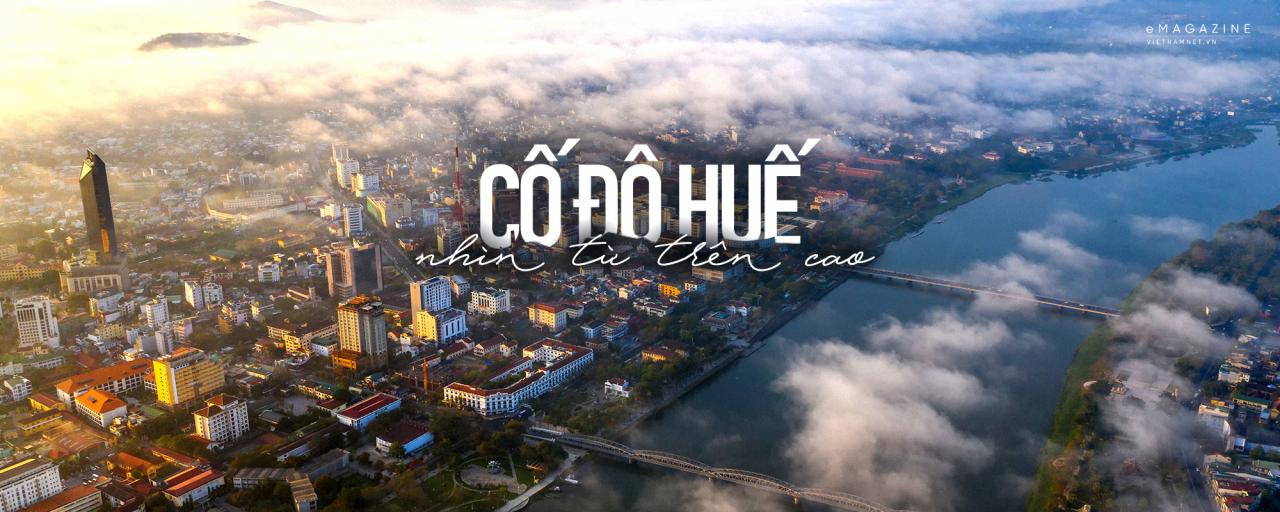
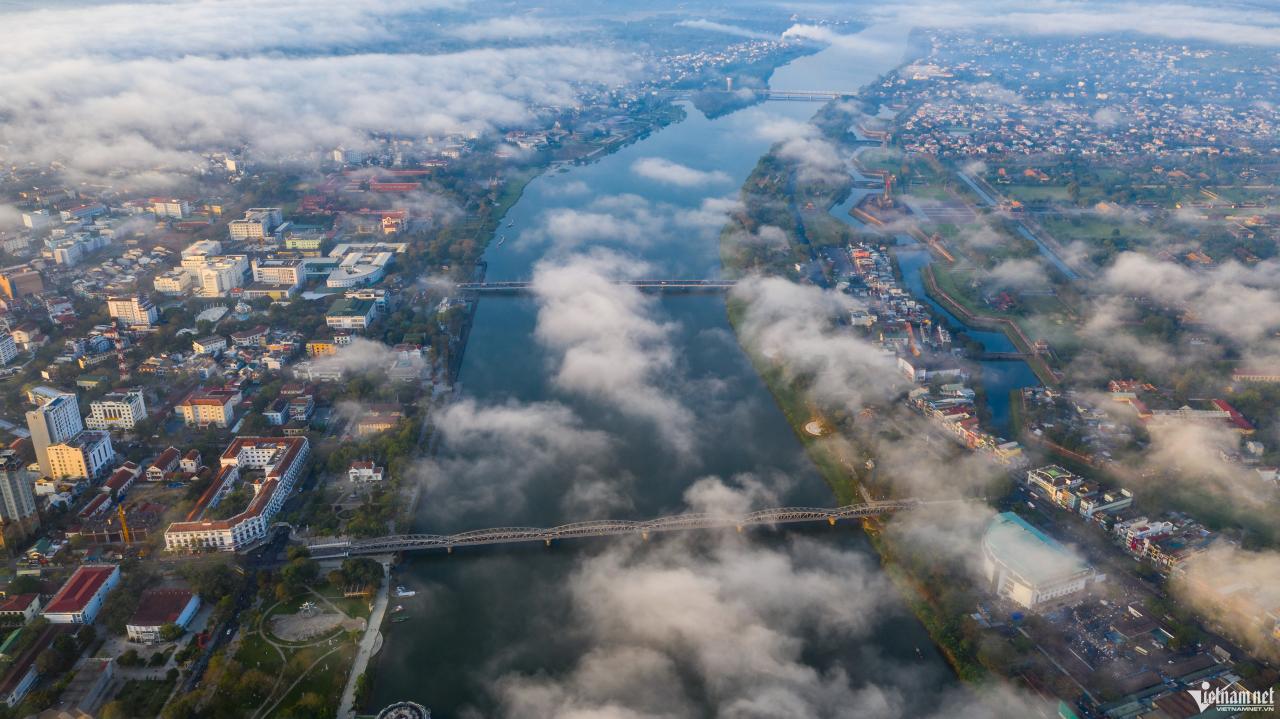
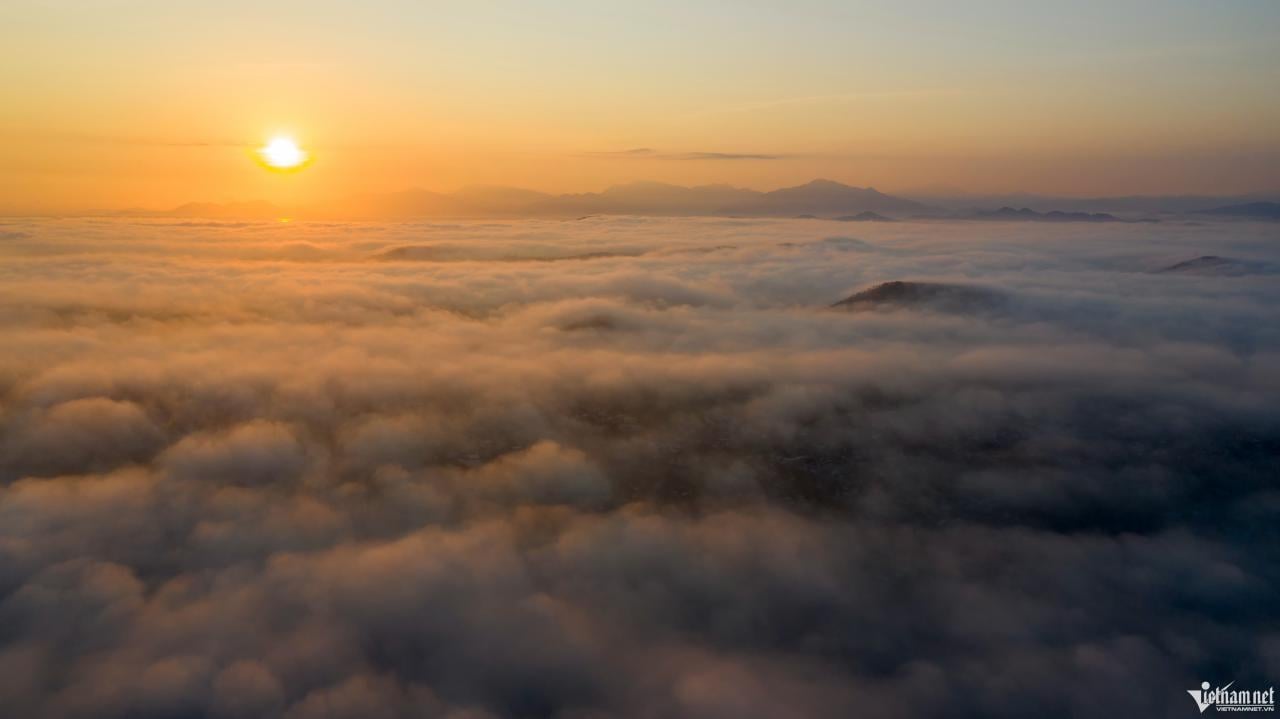
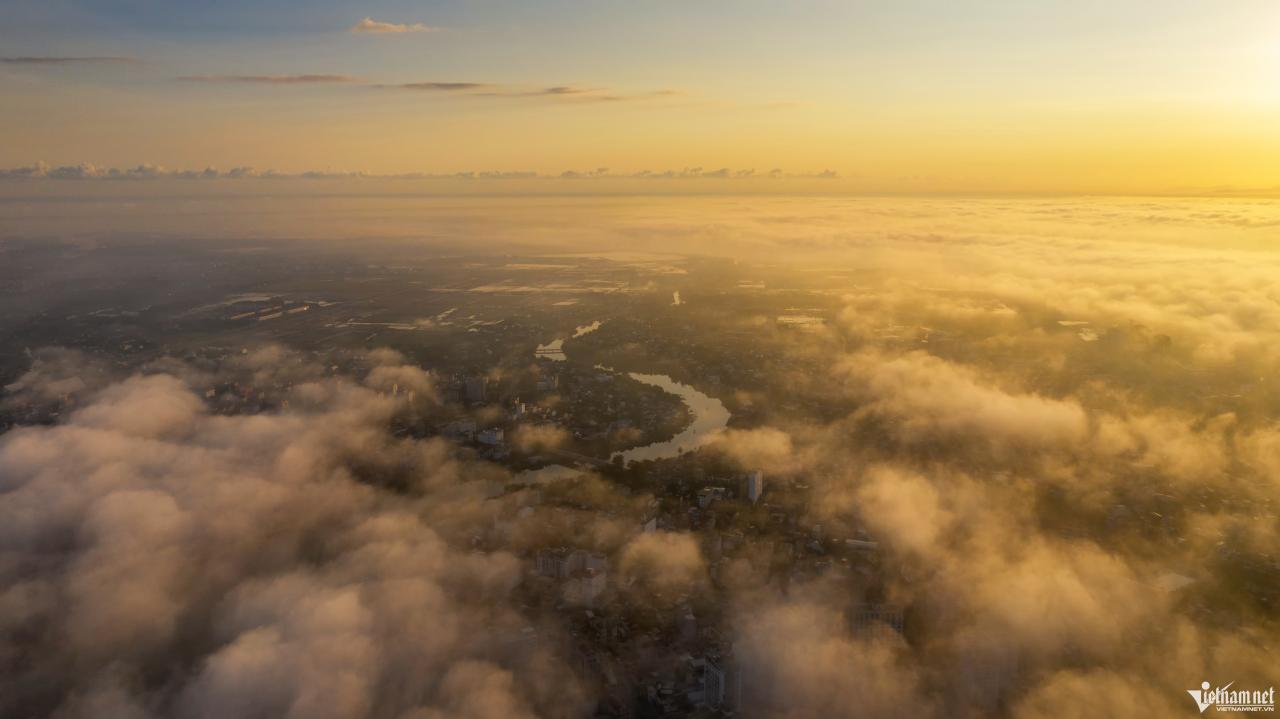
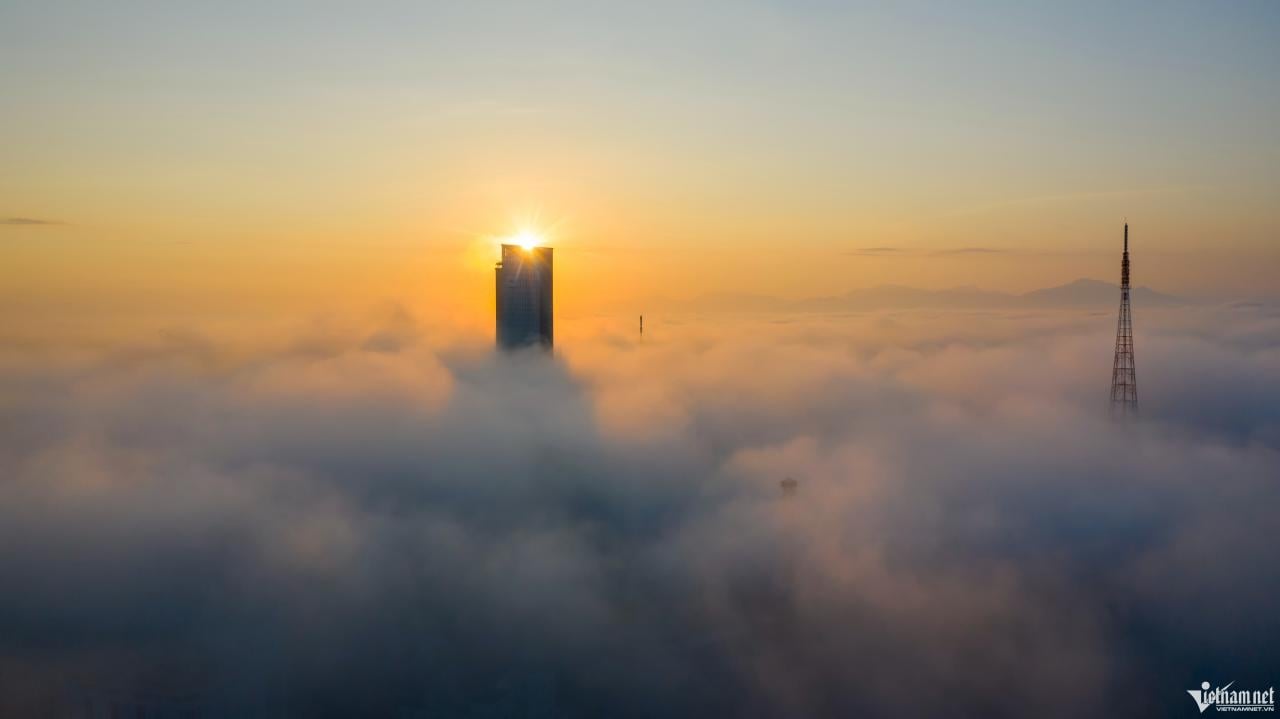
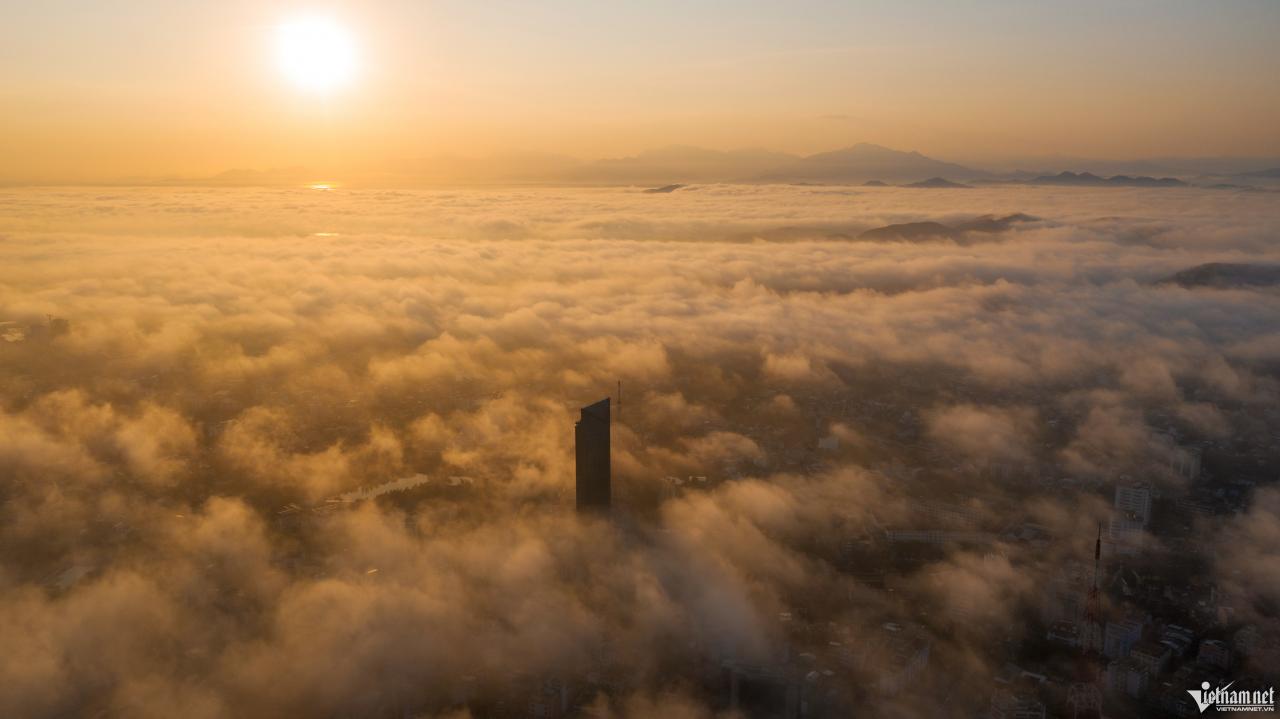
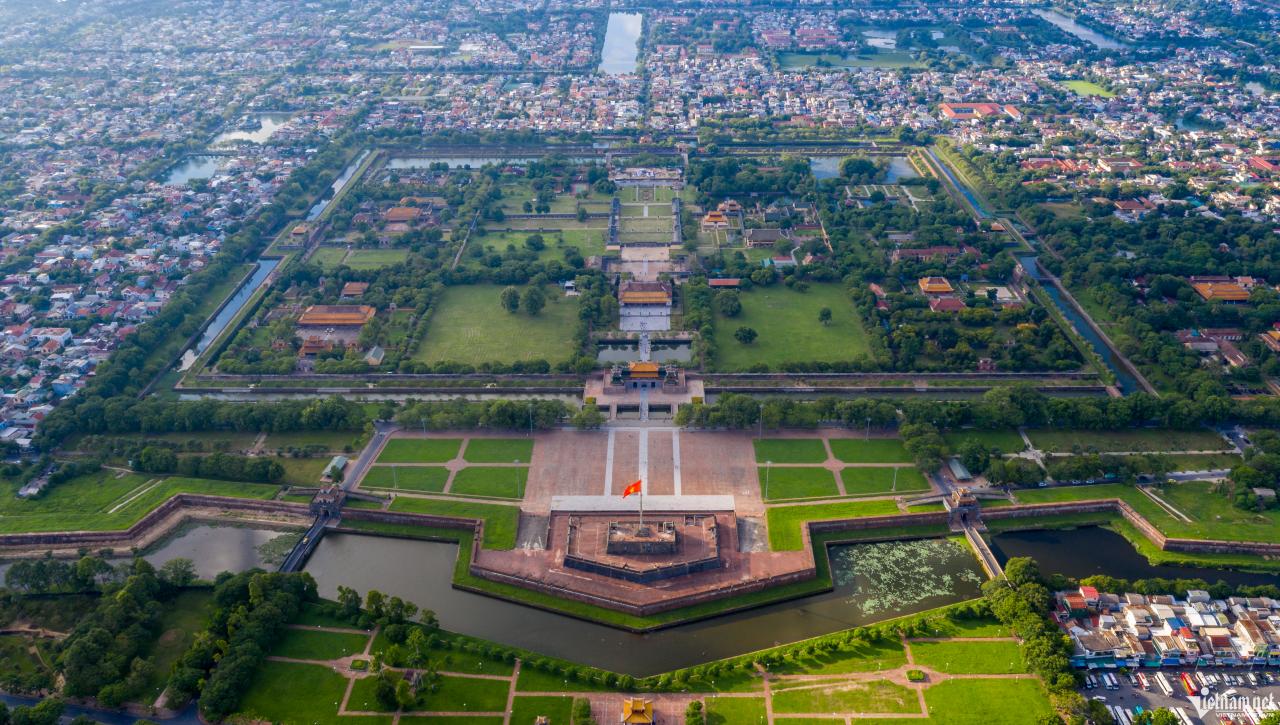
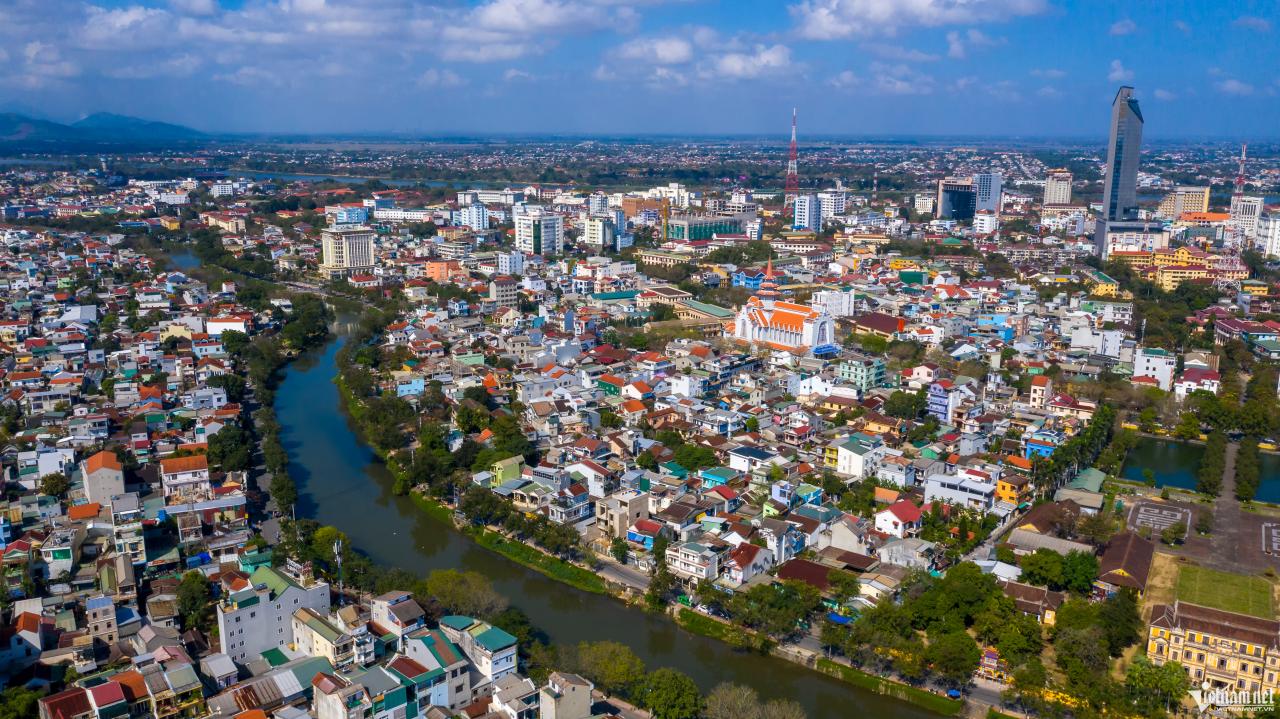
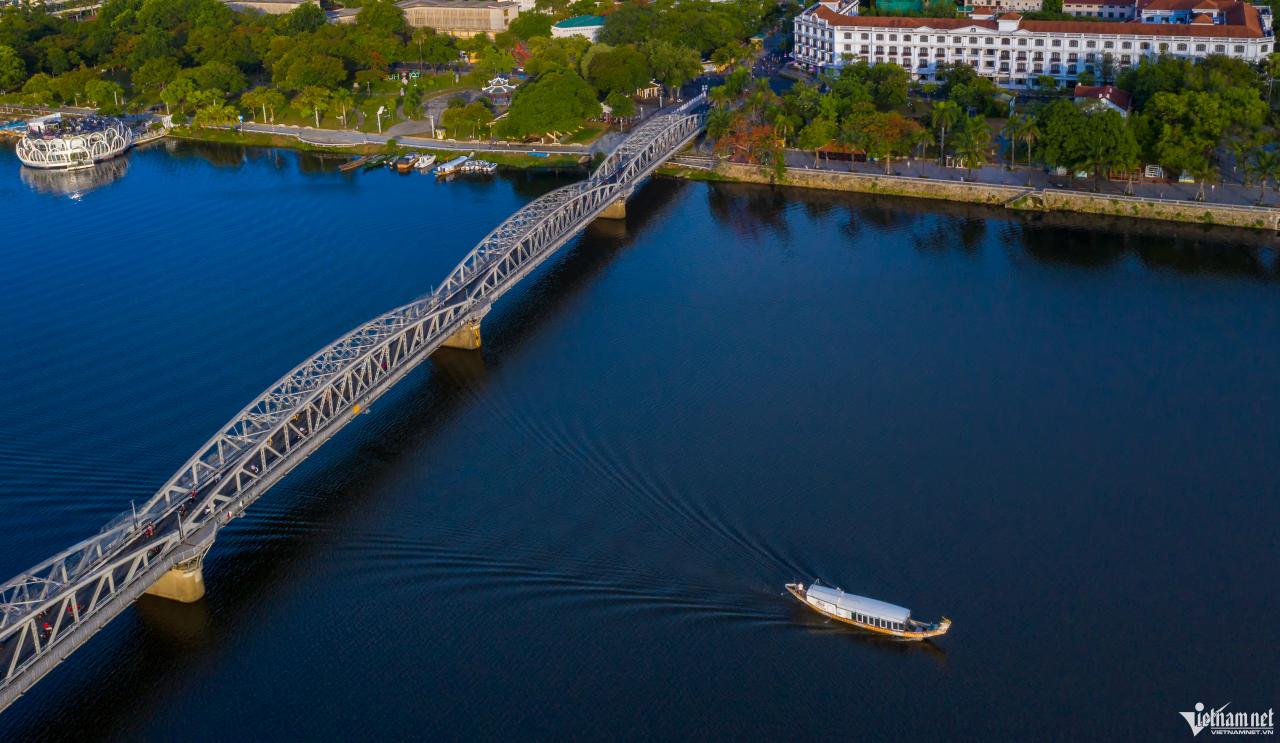
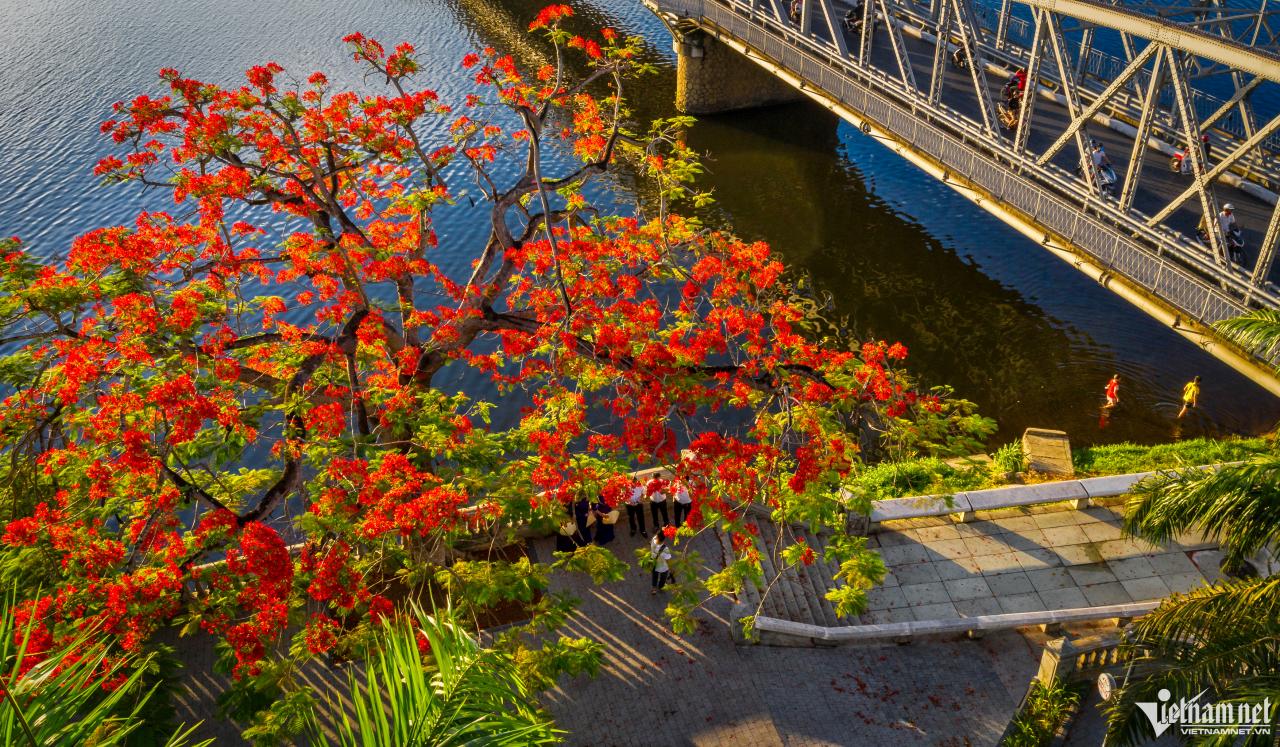
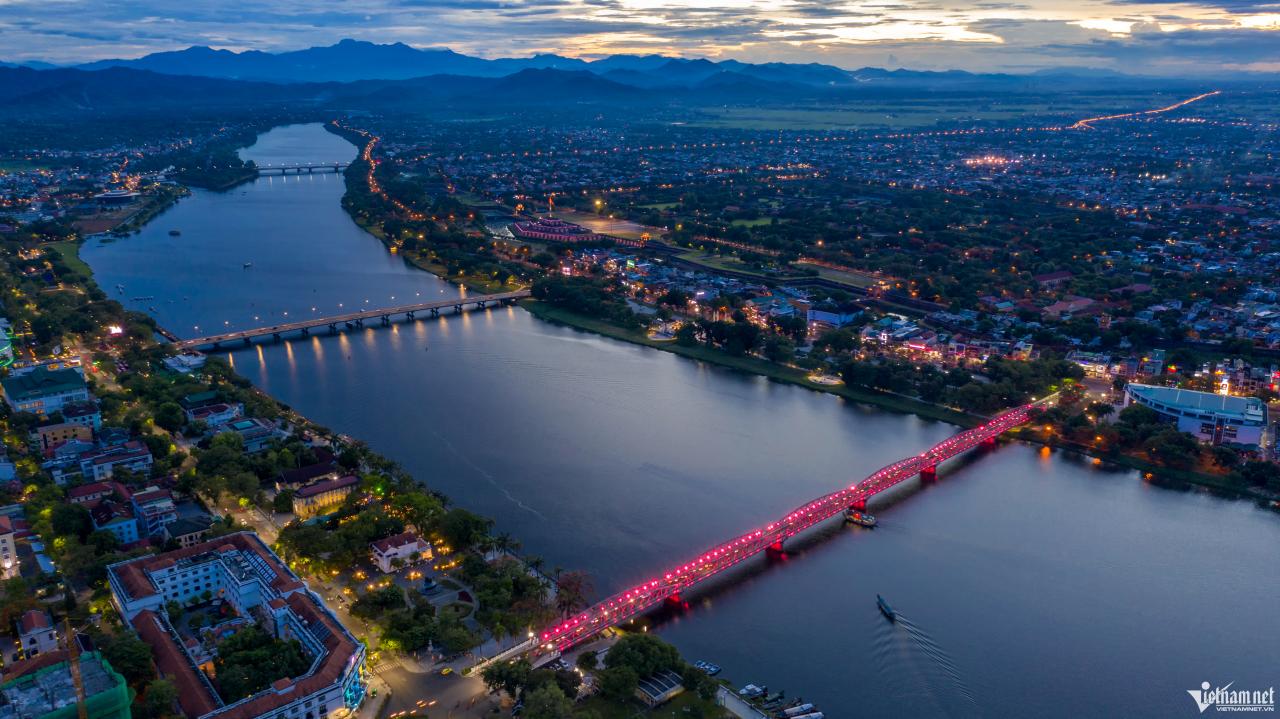
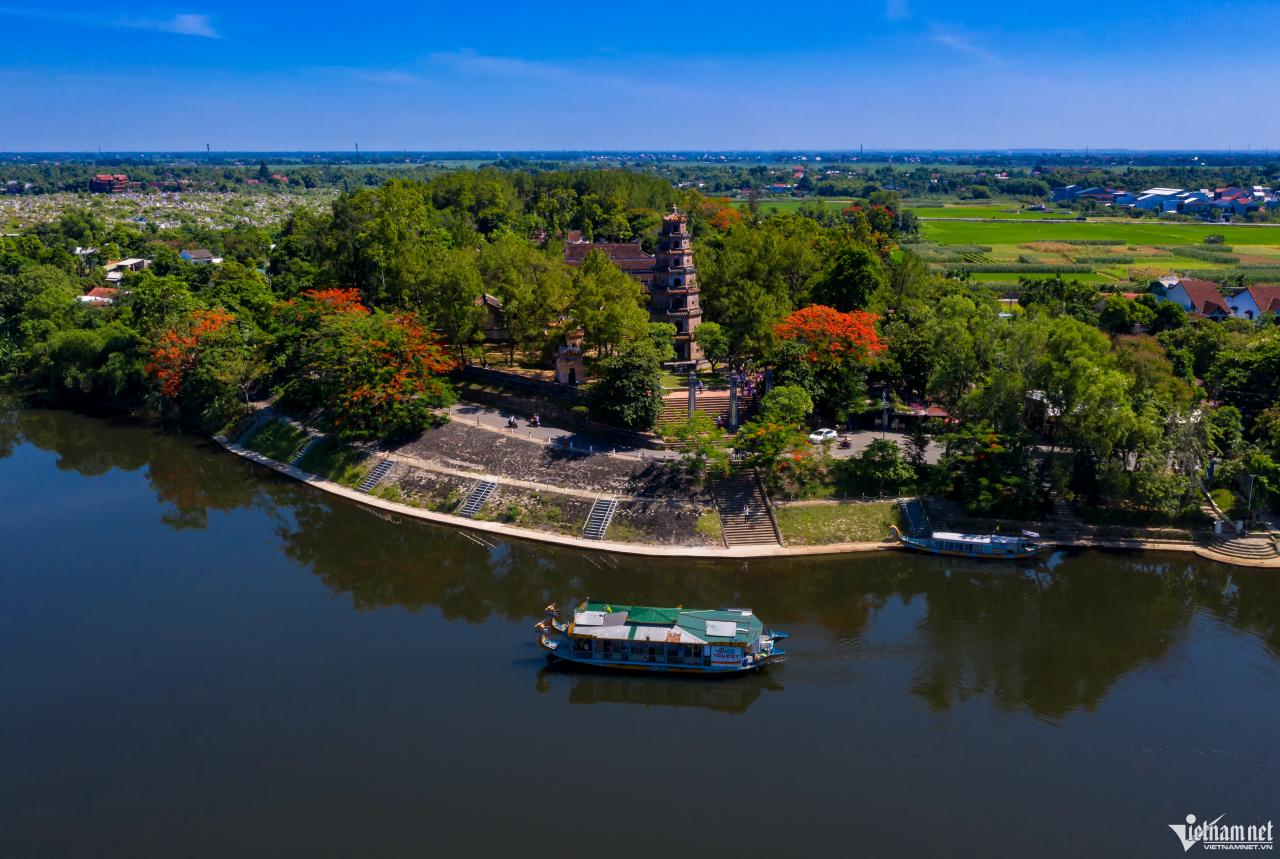
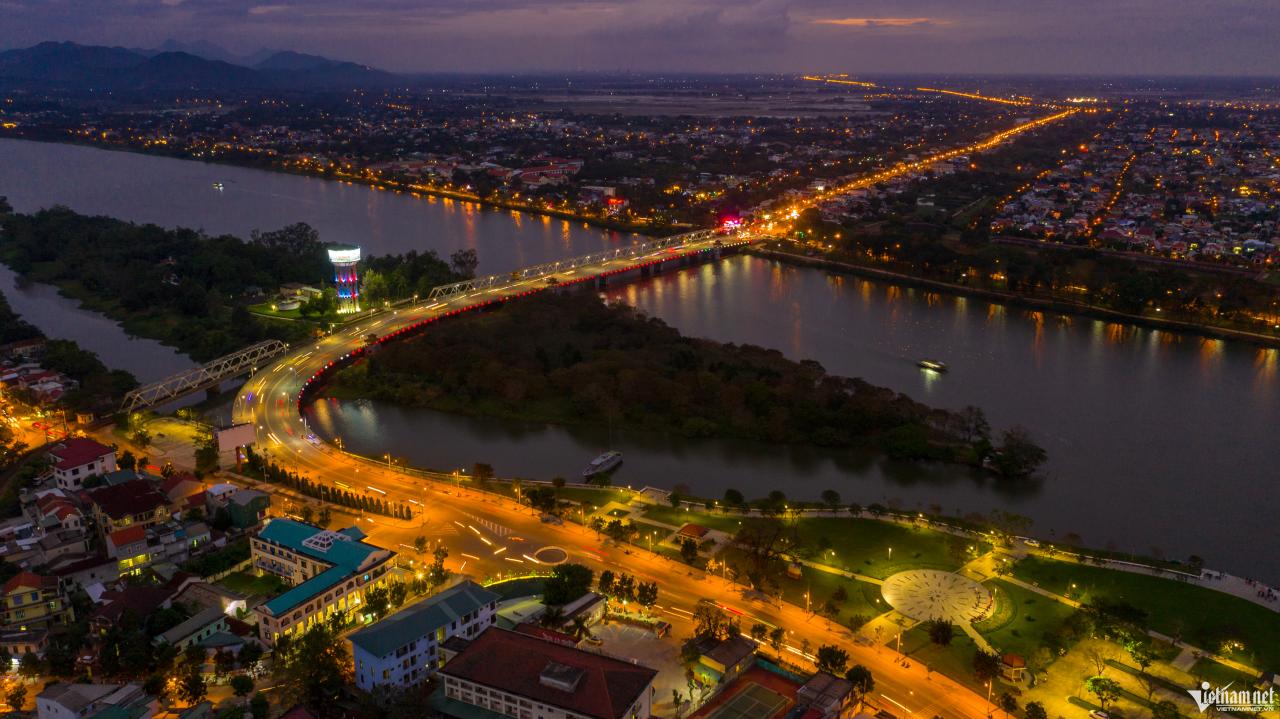
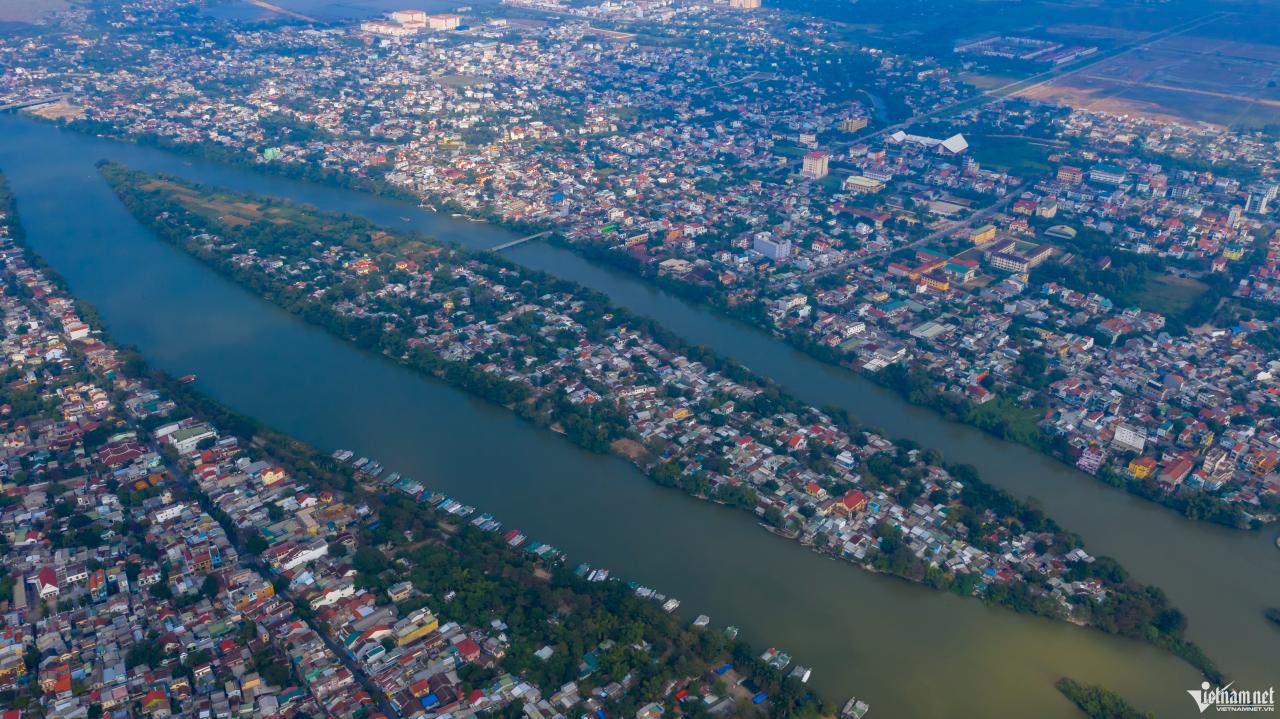
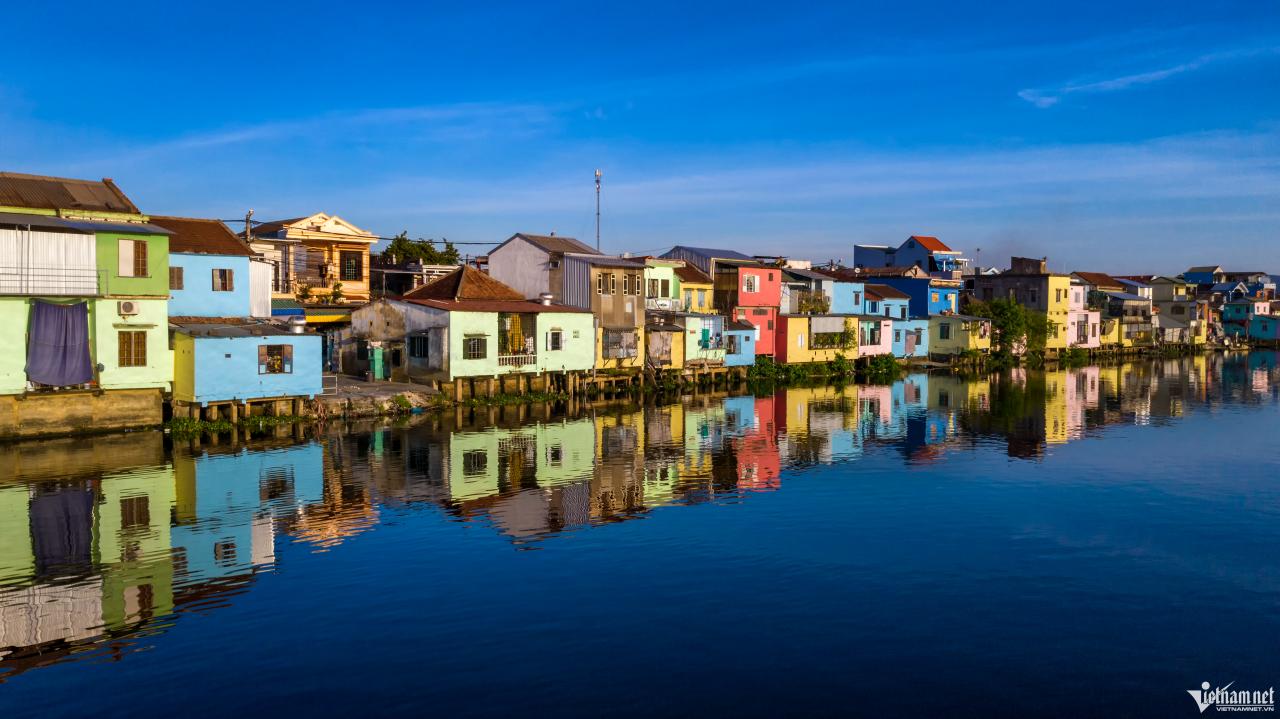
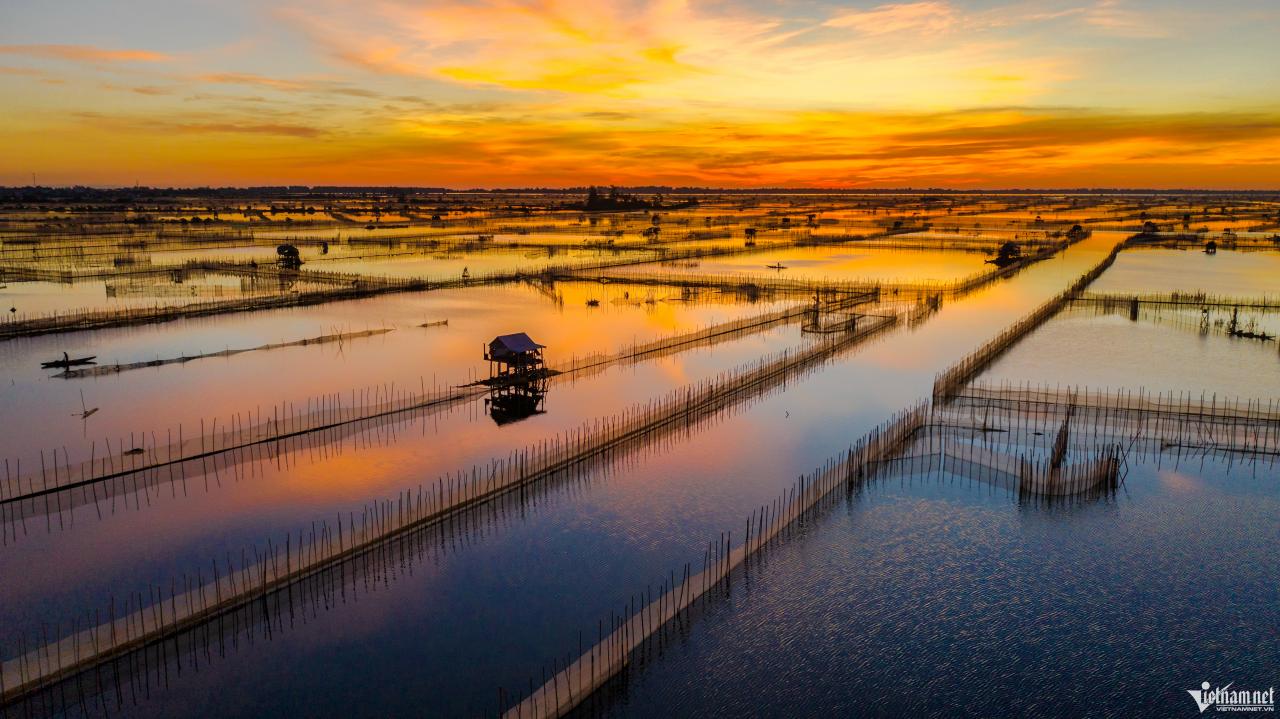

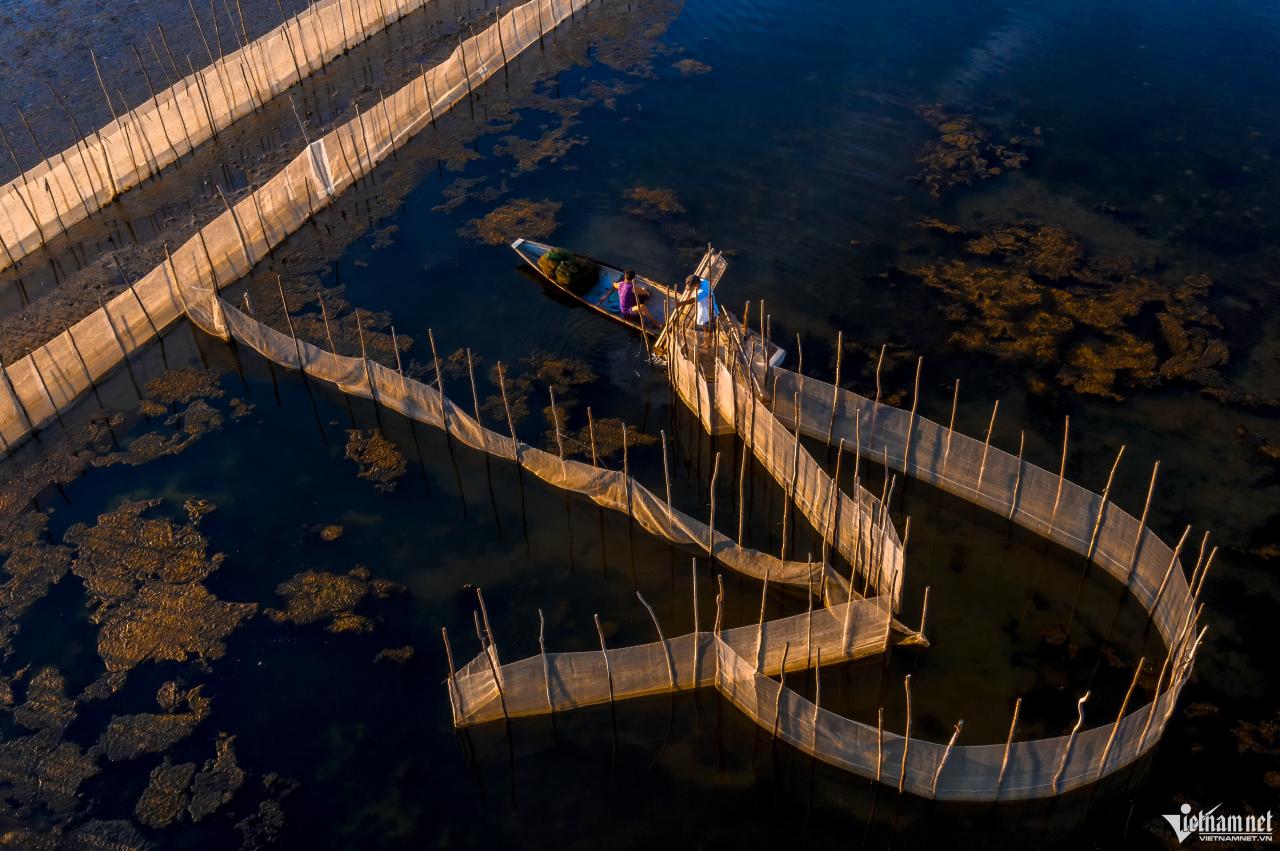
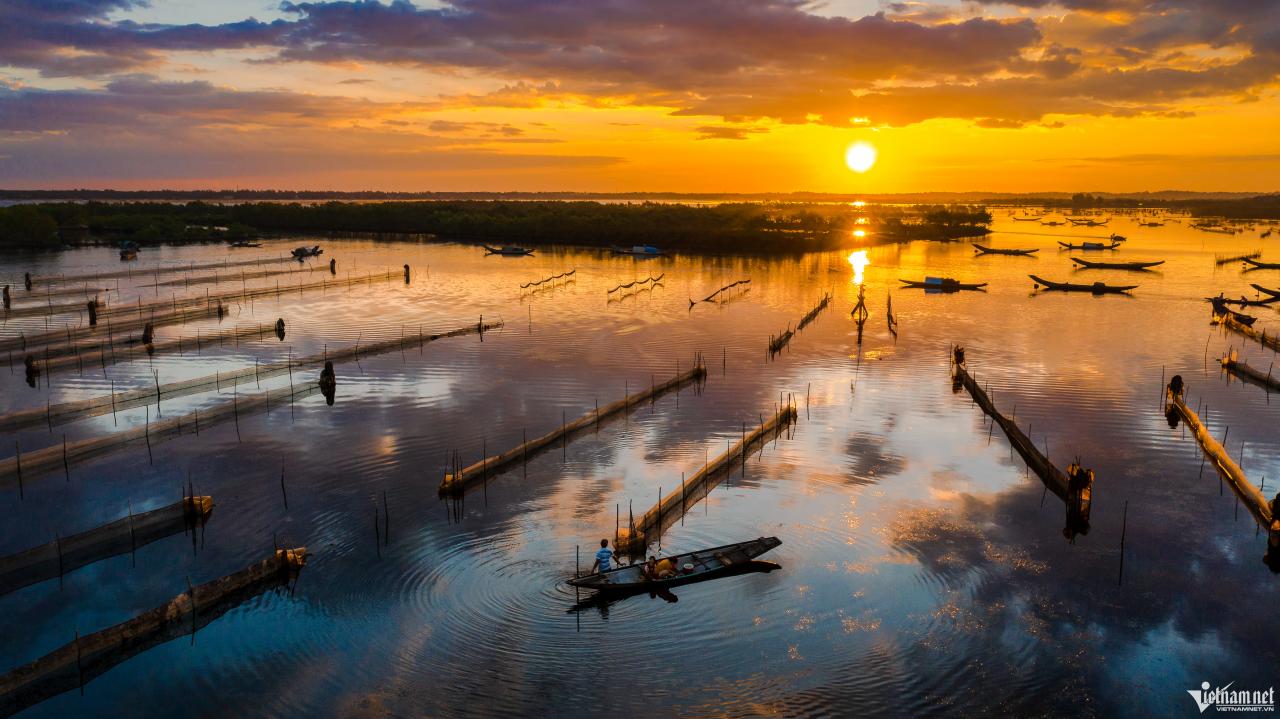
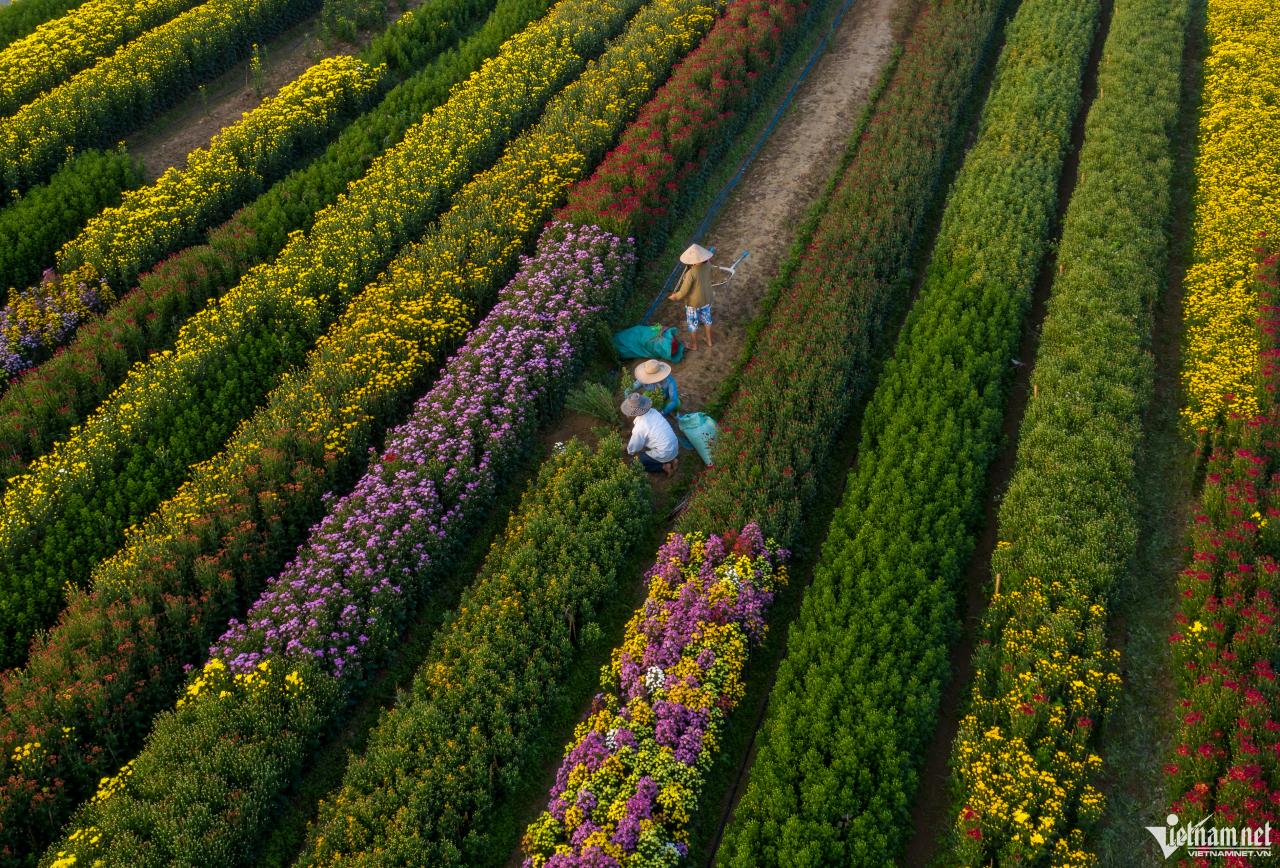
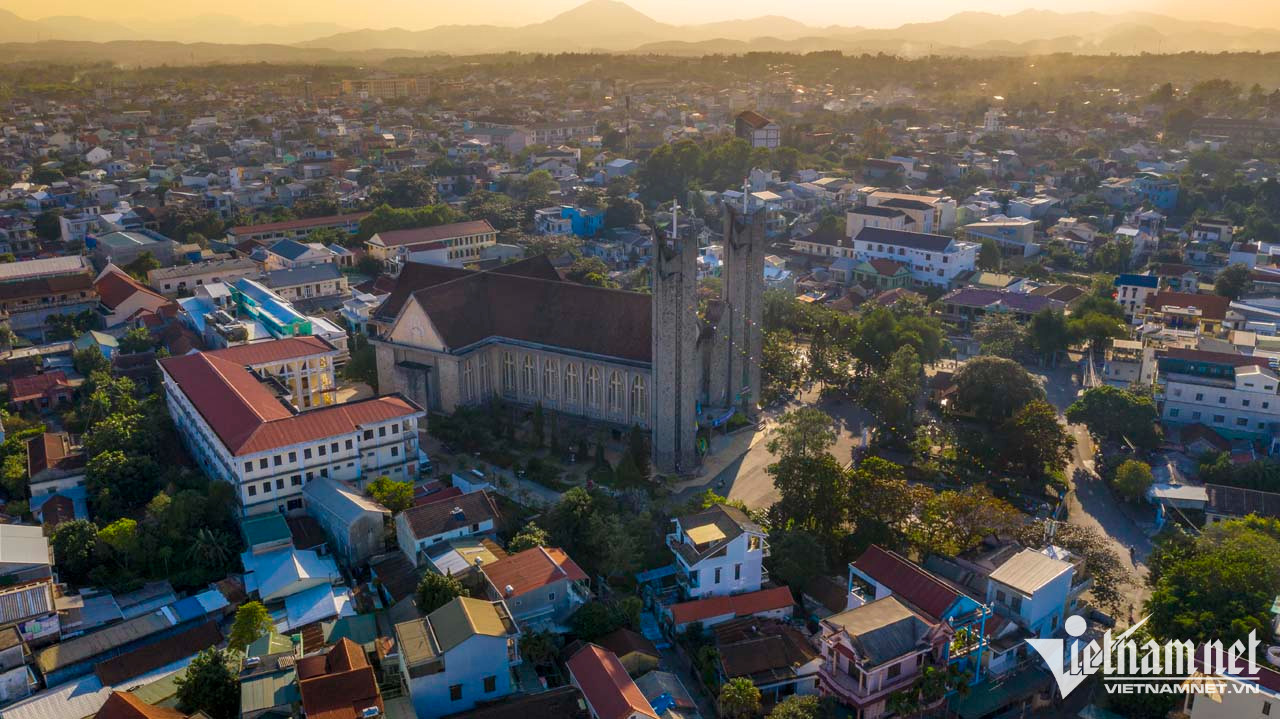
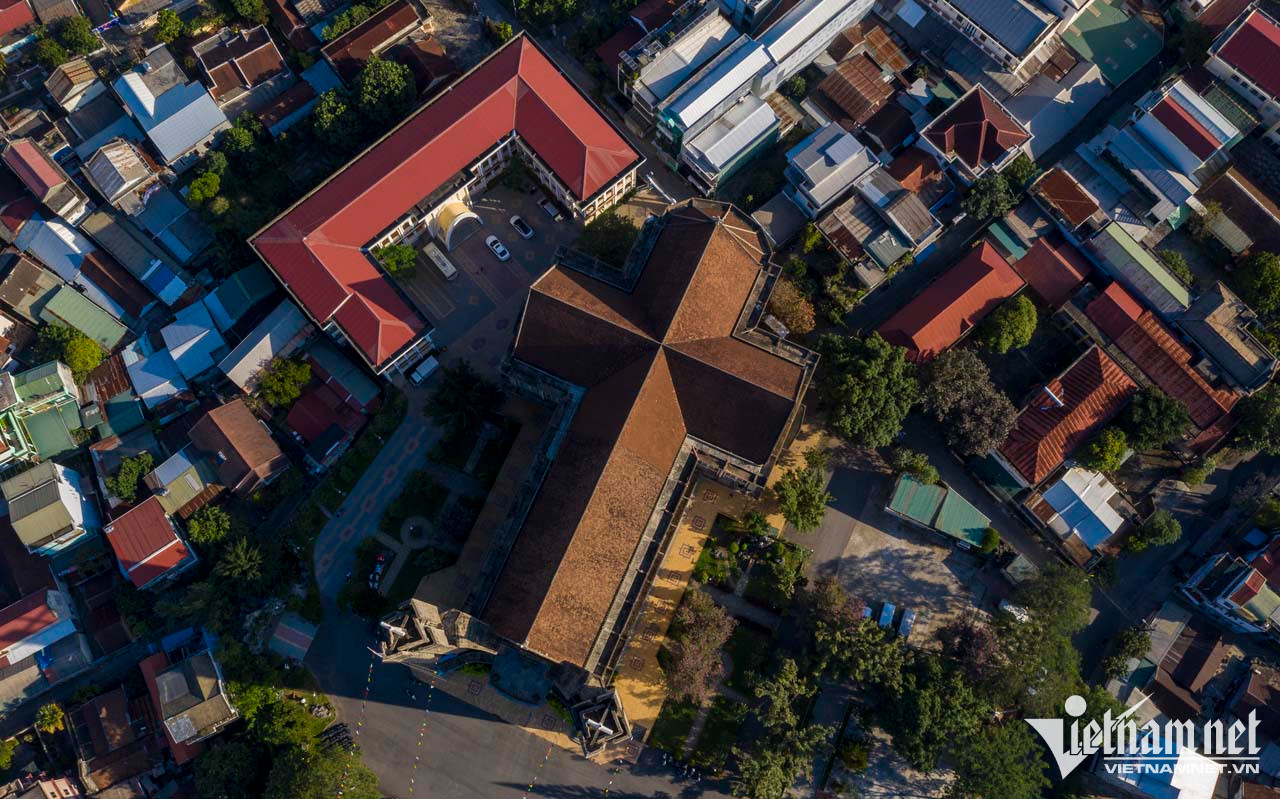
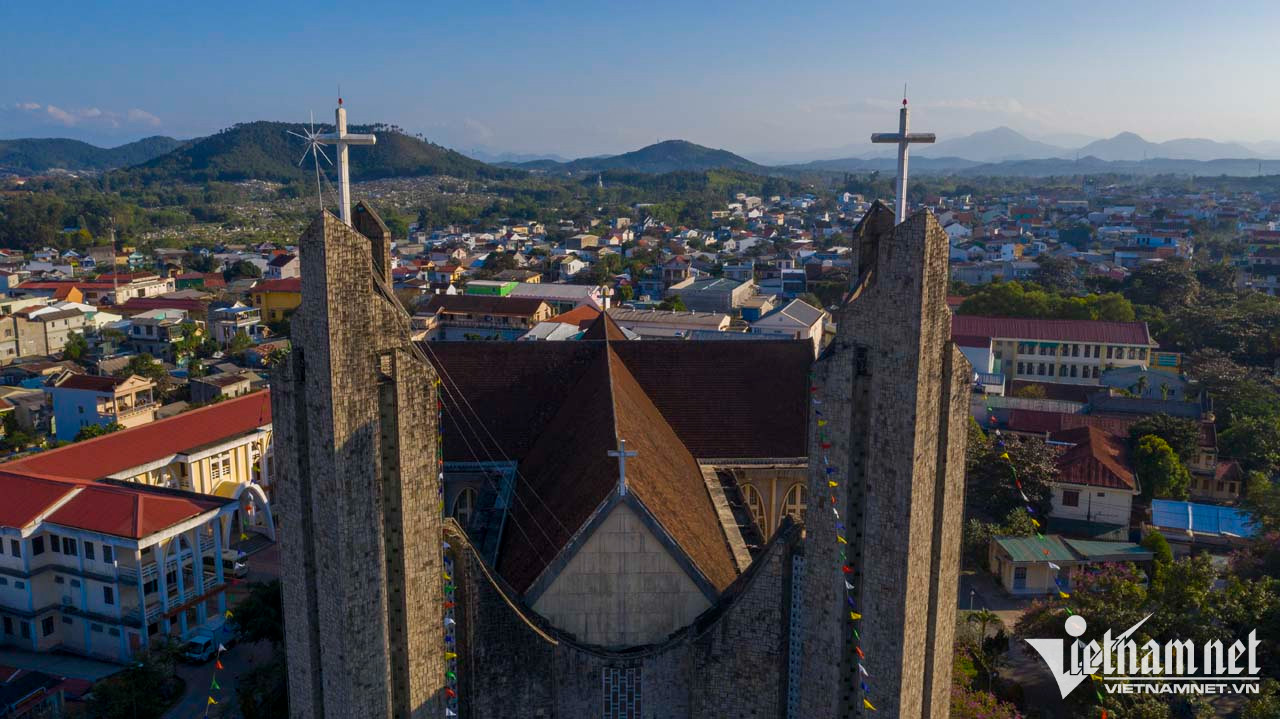
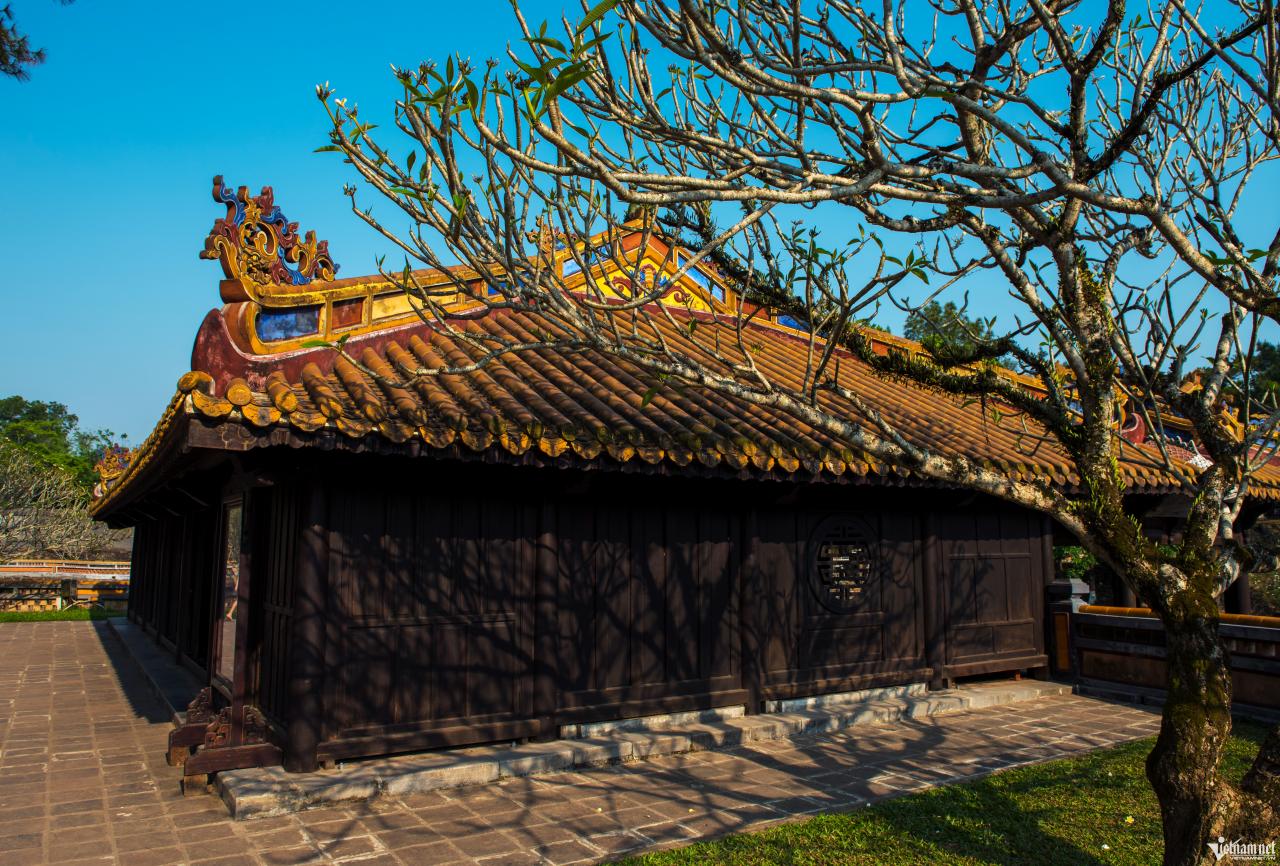
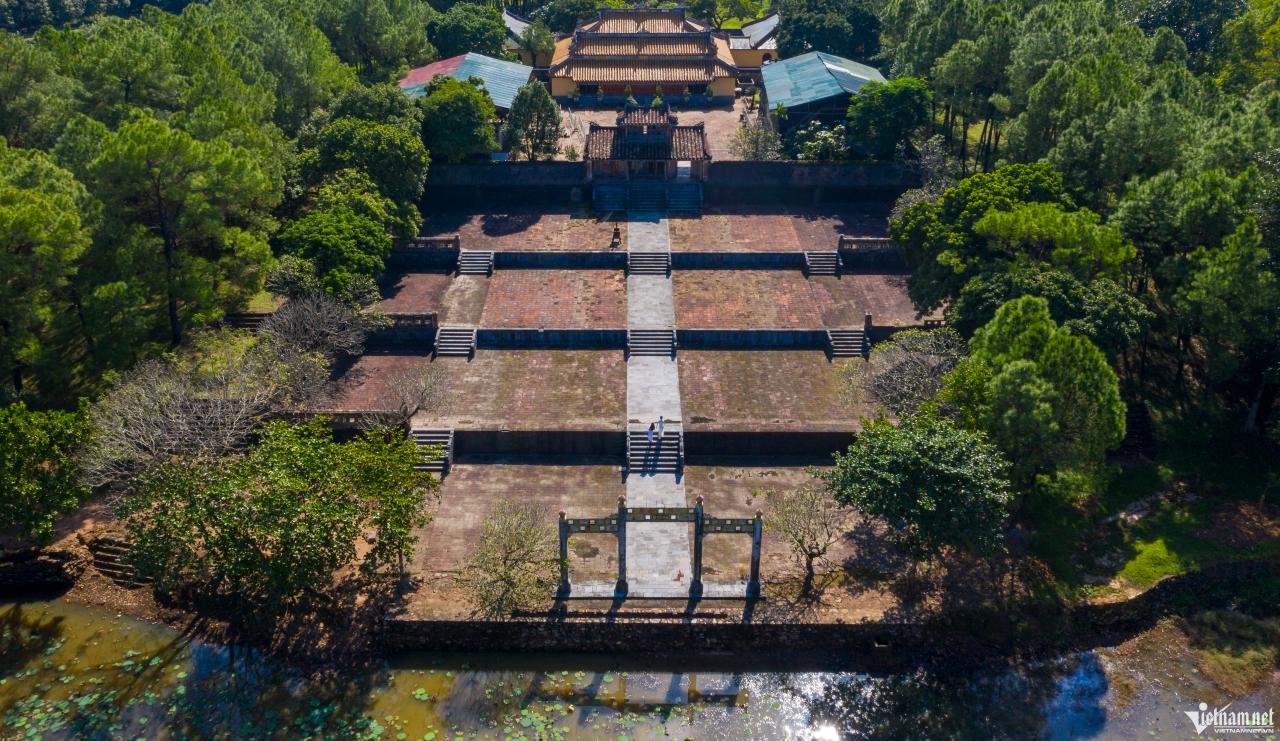
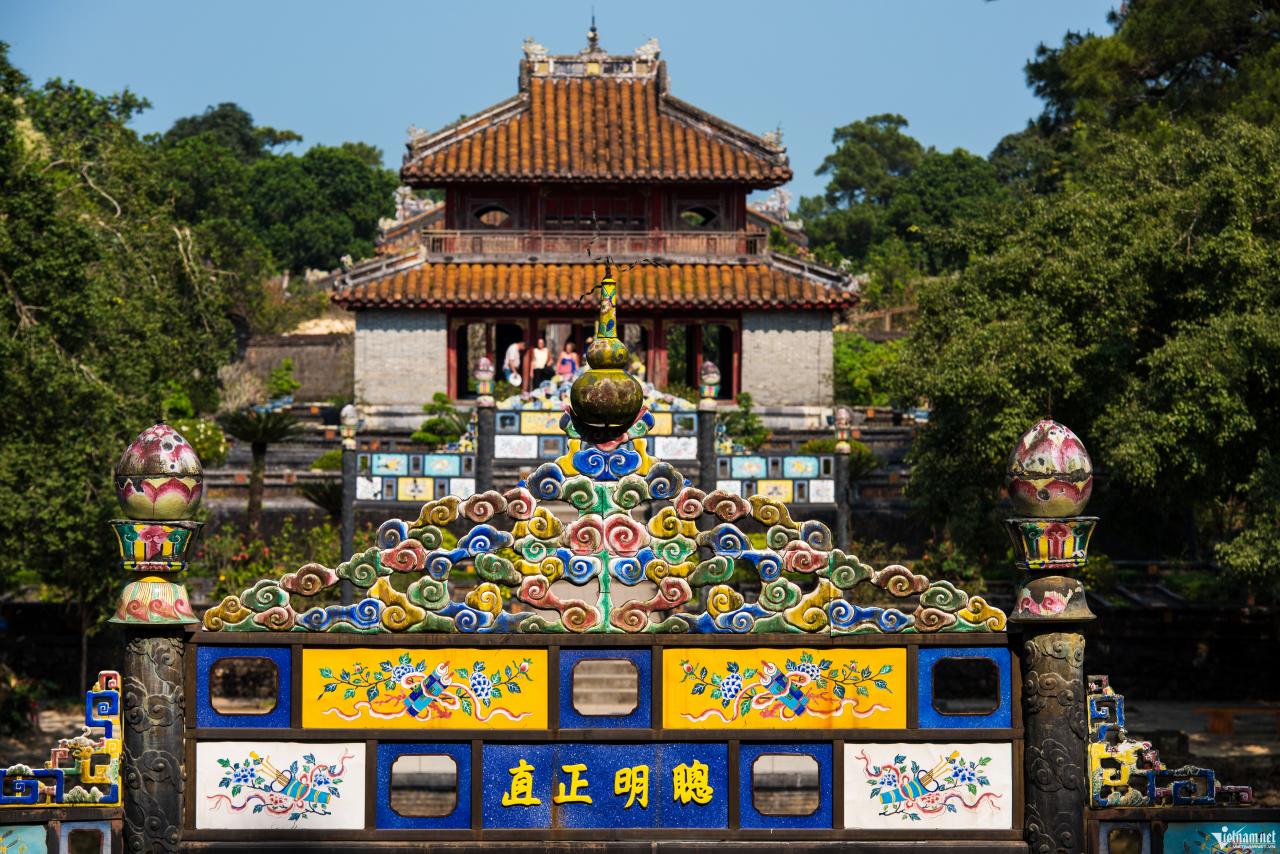
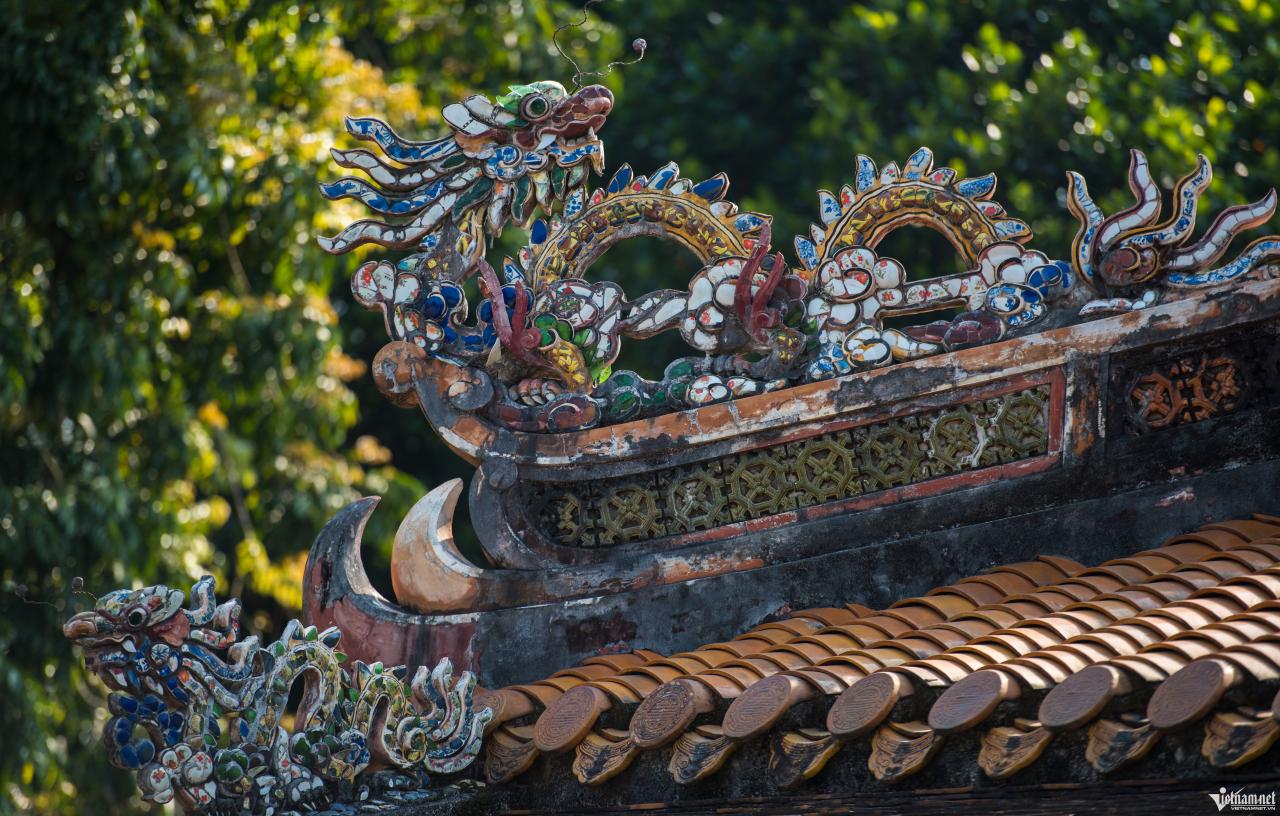
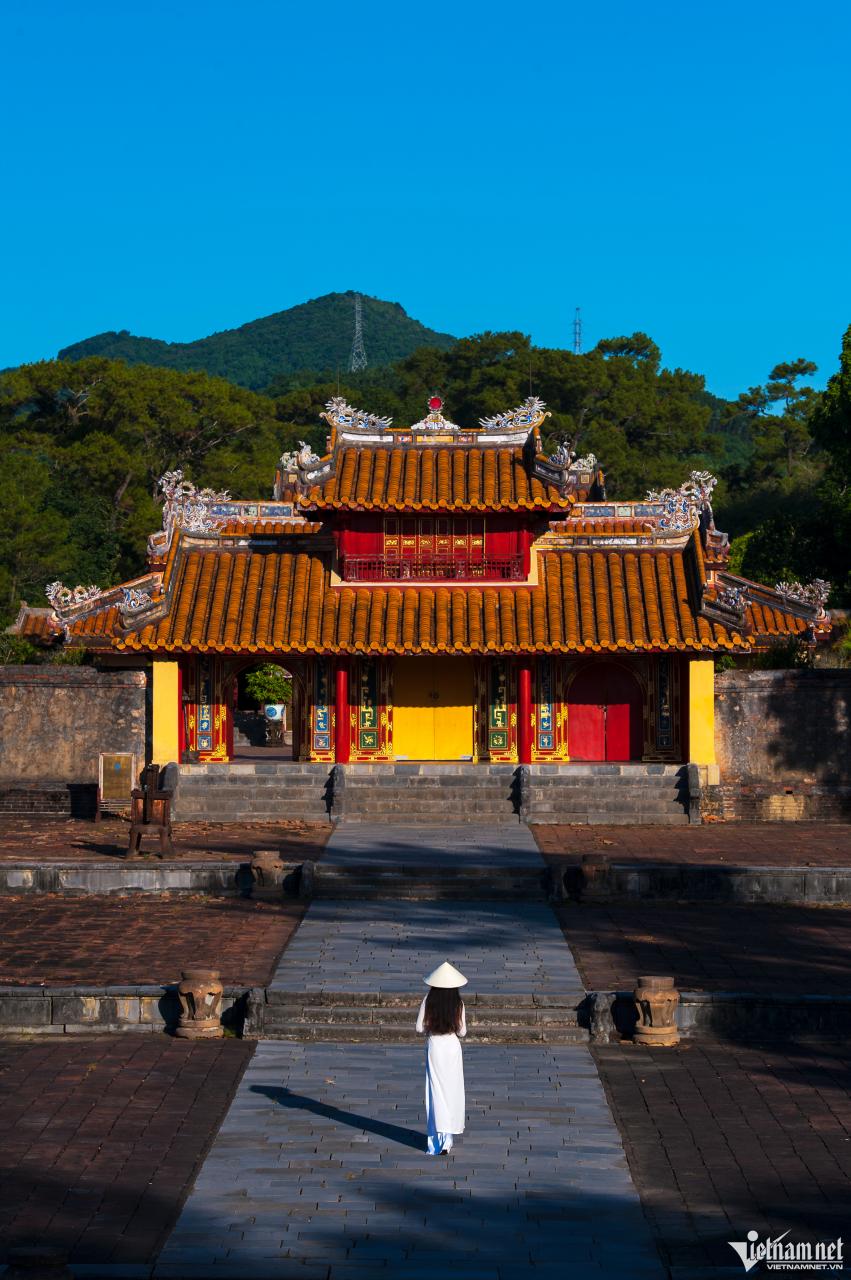
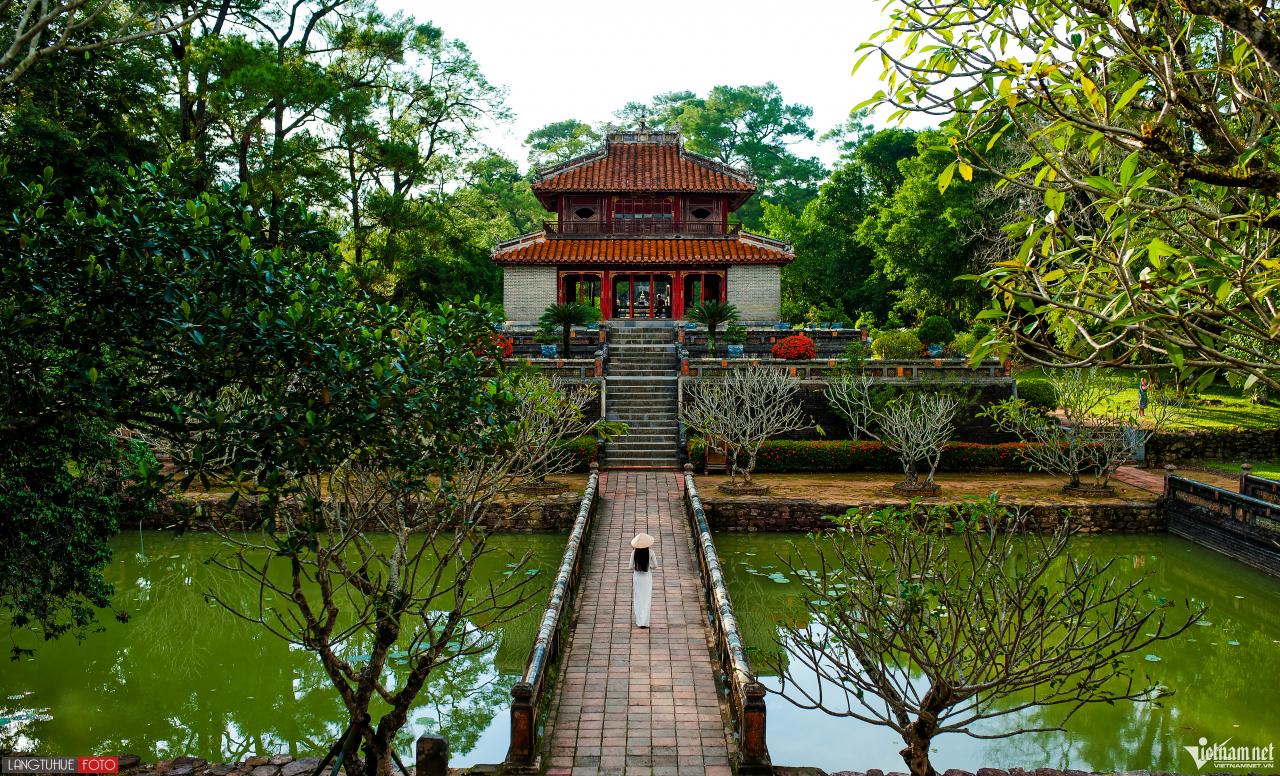
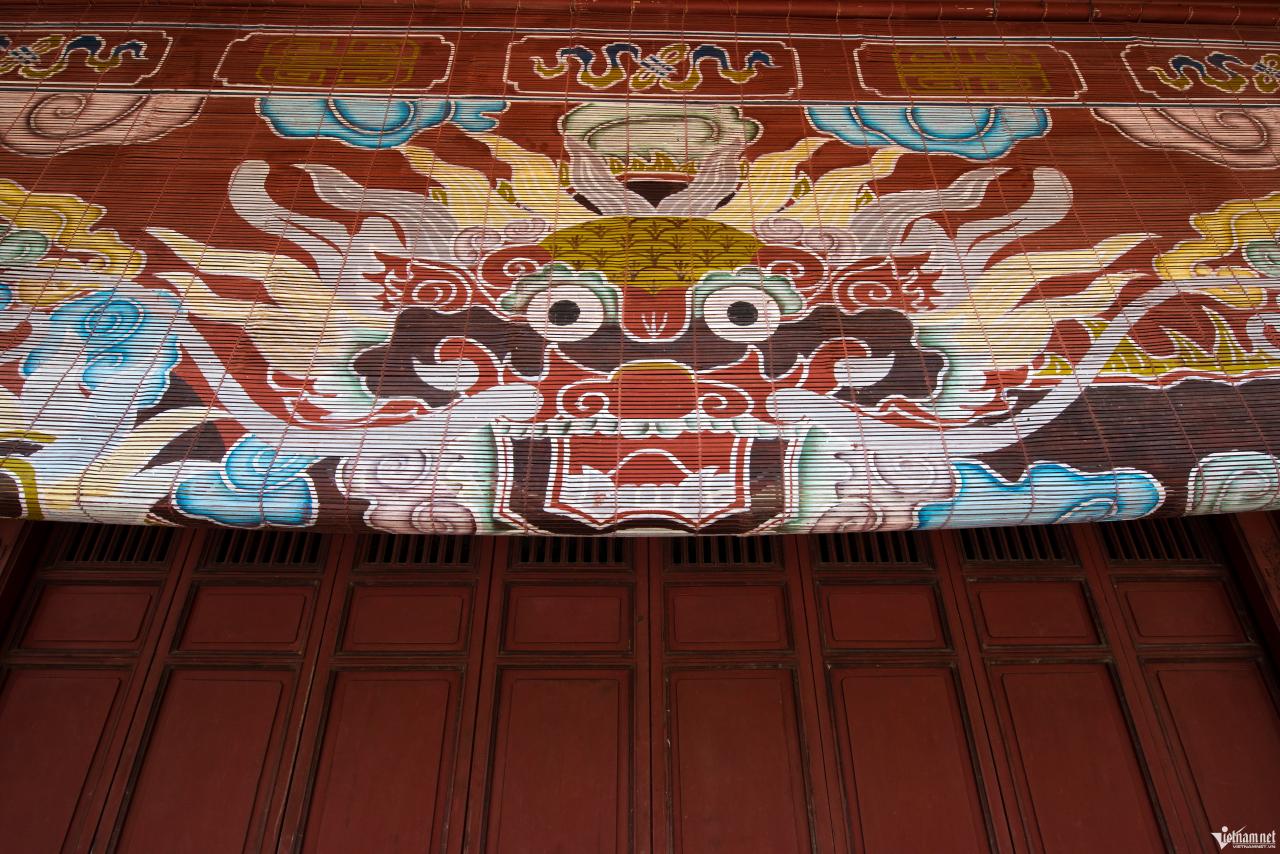
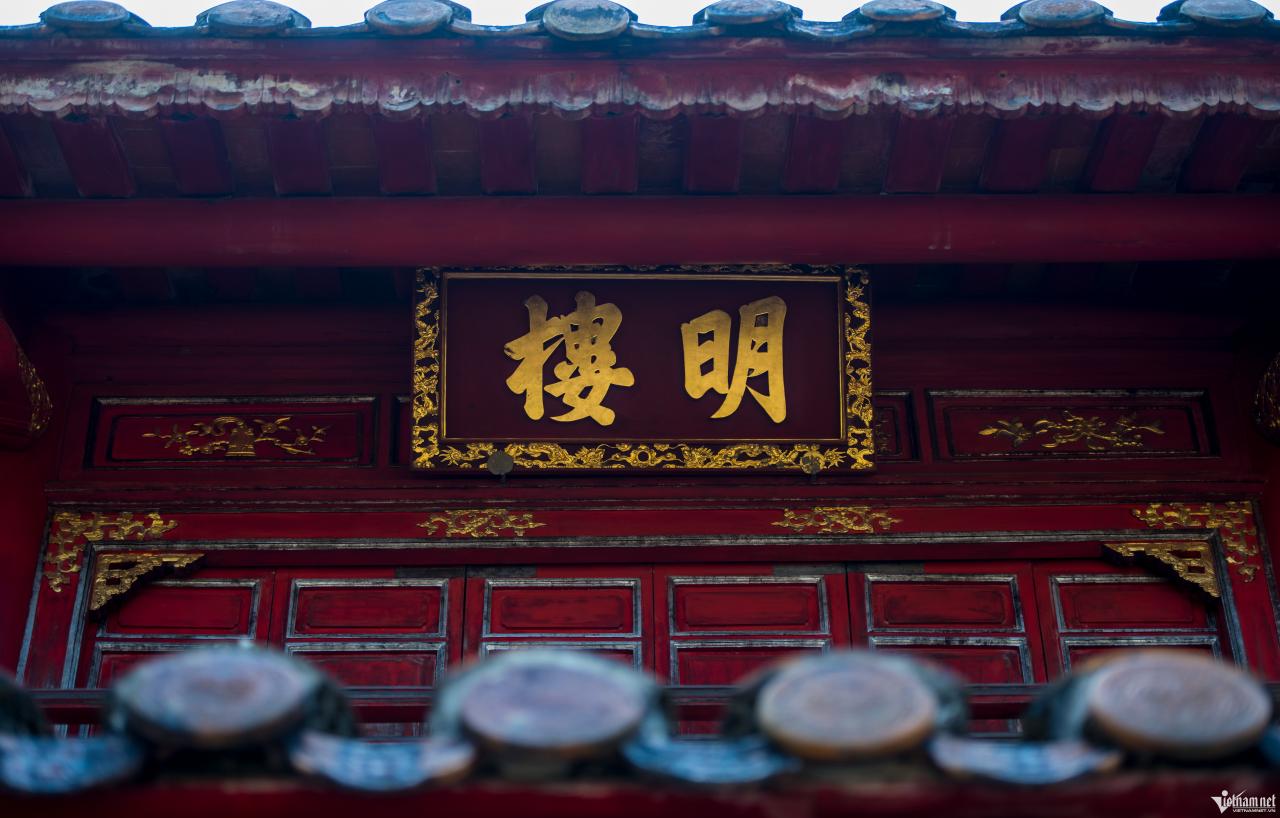
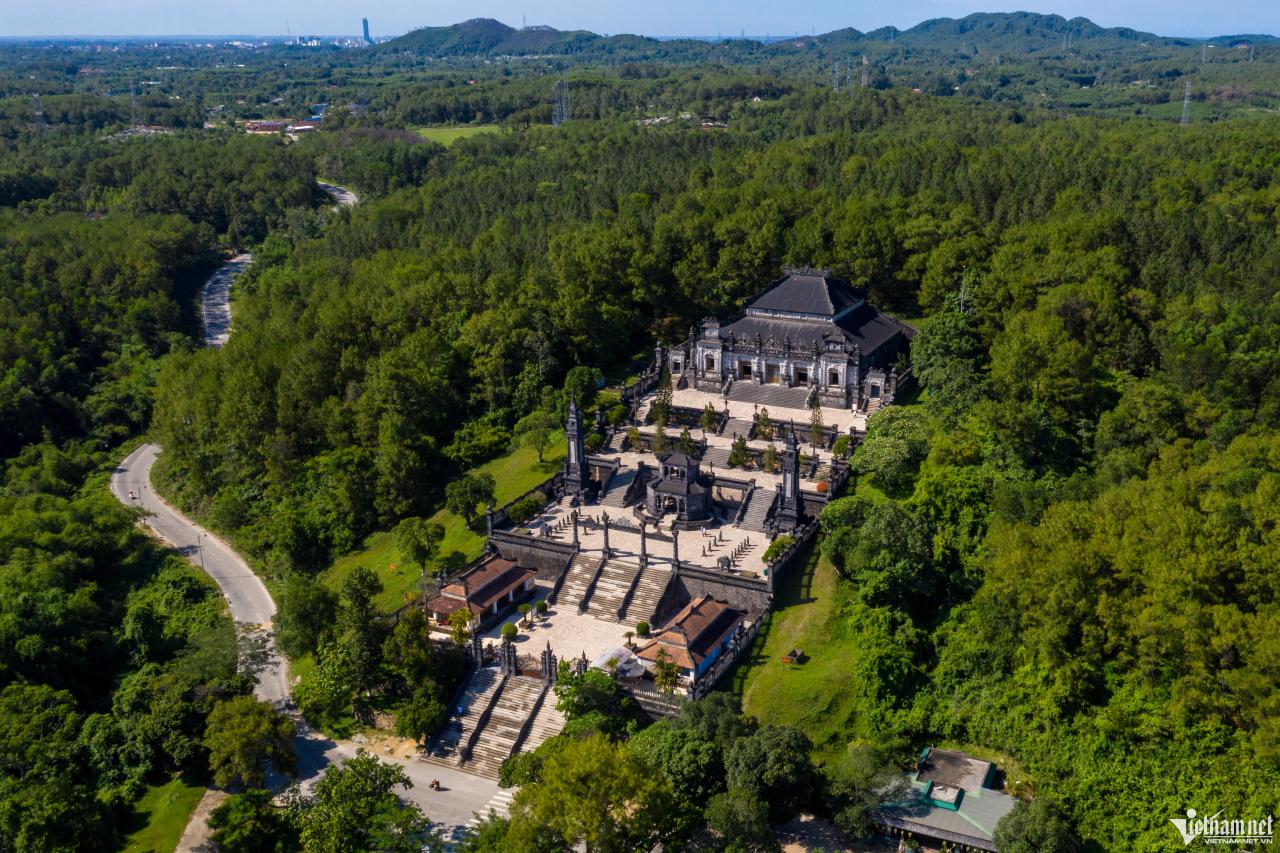
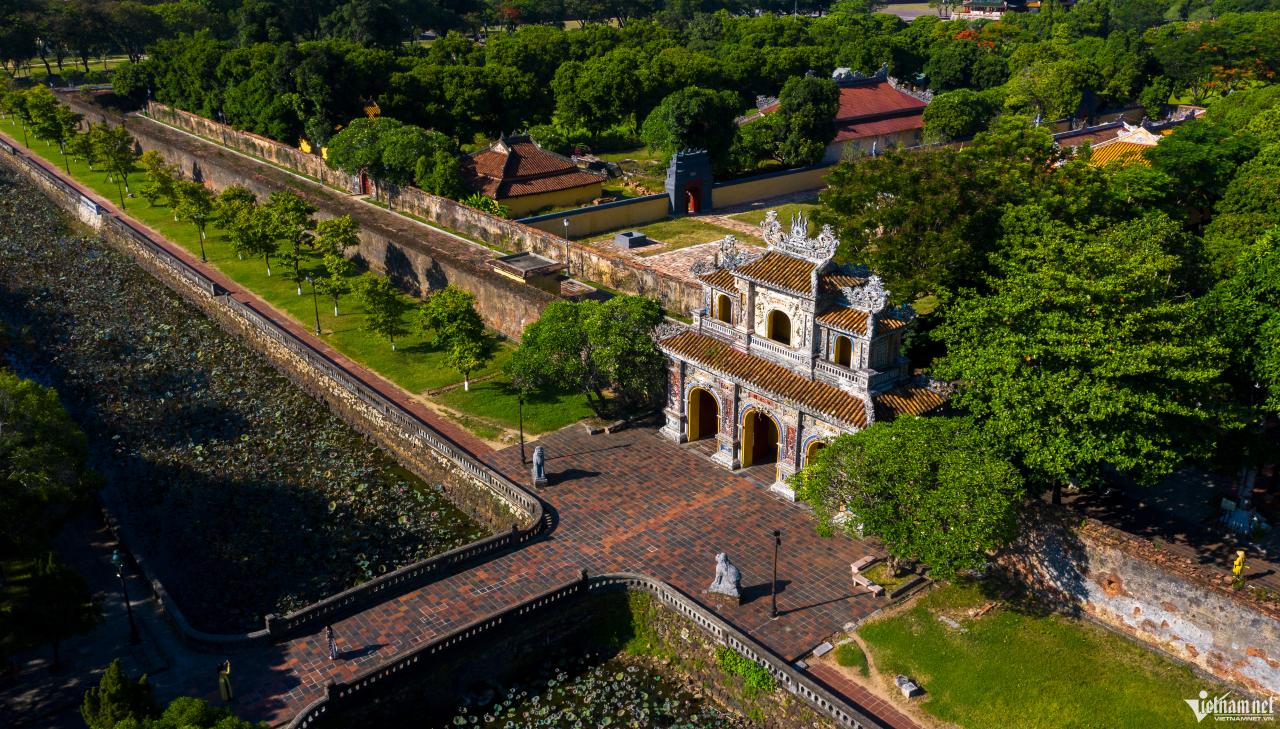
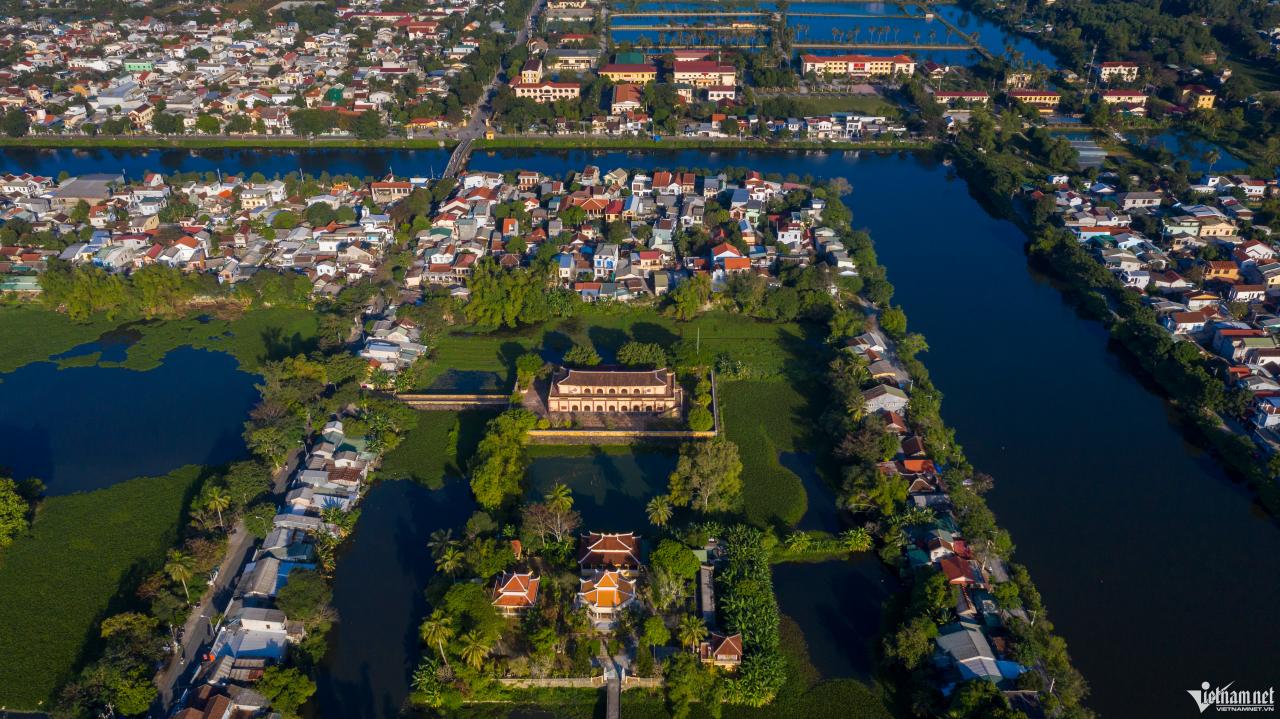
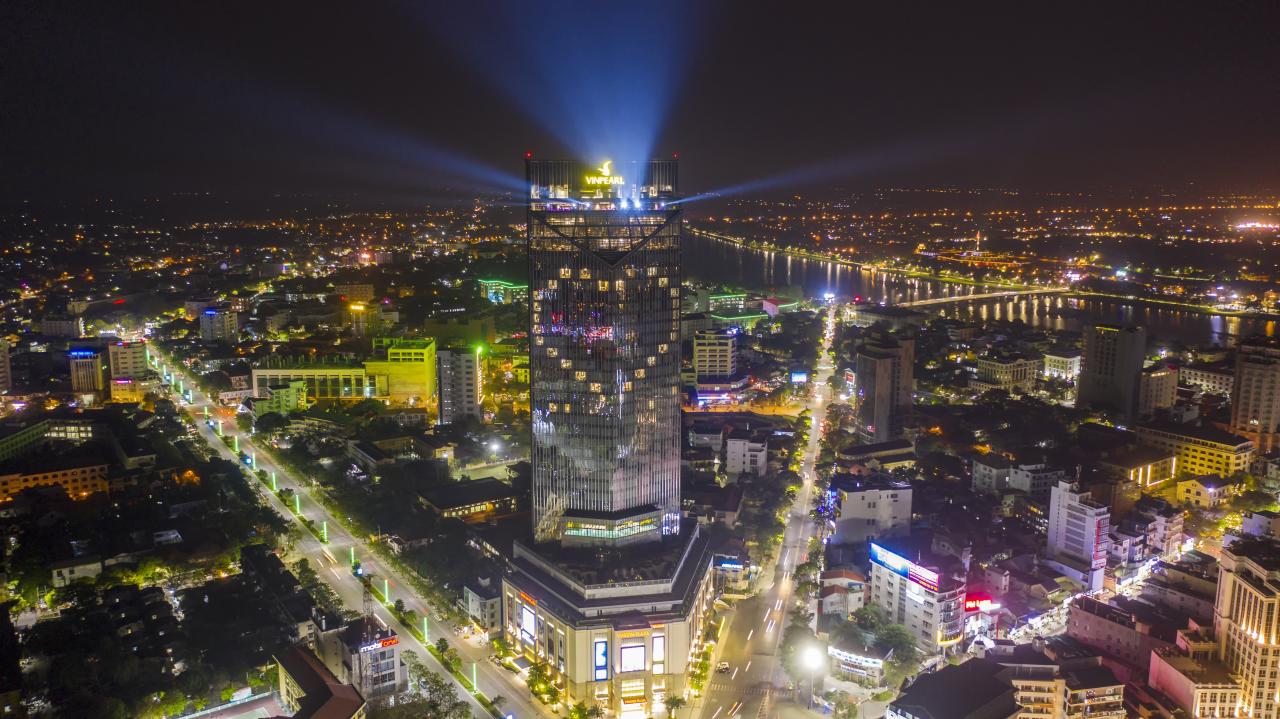
![[Photo] Cat Ba - Green island paradise](/_next/image?url=https%3A%2F%2Fvphoto.vietnam.vn%2Fthumb%2F1200x675%2Fvietnam%2Fresource%2FIMAGE%2F2025%2F12%2F04%2F1764821844074_ndo_br_1-dcbthienduongxanh638-jpg.webp&w=3840&q=75)
![[Photo] 60th Anniversary of the Founding of the Vietnam Association of Photographic Artists](/_next/image?url=https%3A%2F%2Fvphoto.vietnam.vn%2Fthumb%2F1200x675%2Fvietnam%2Fresource%2FIMAGE%2F2025%2F12%2F05%2F1764935864512_a1-bnd-0841-9740-jpg.webp&w=3840&q=75)








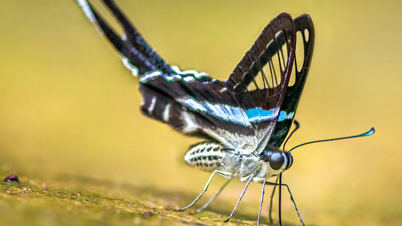

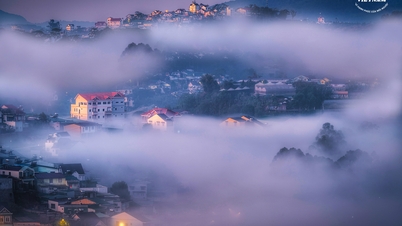






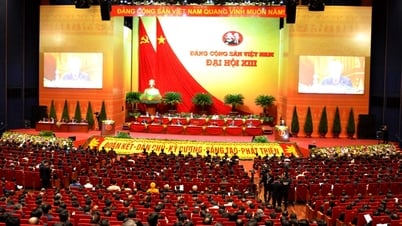








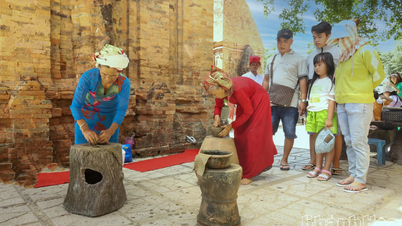



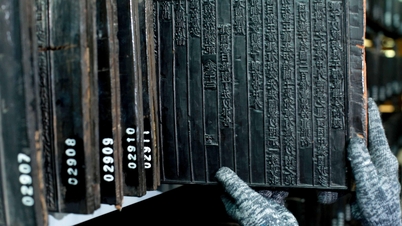









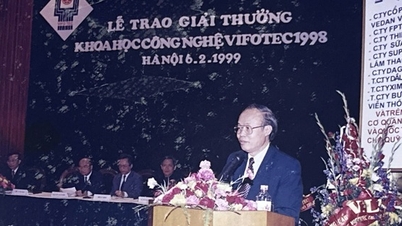

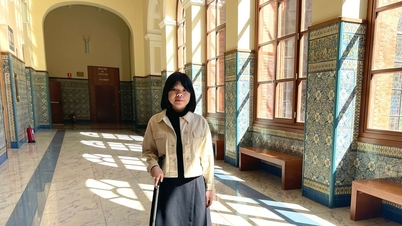


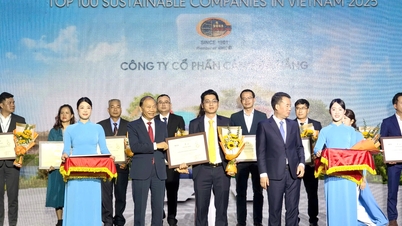

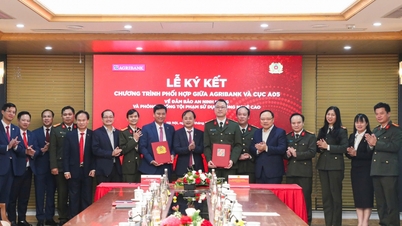


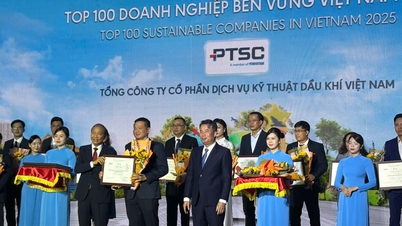












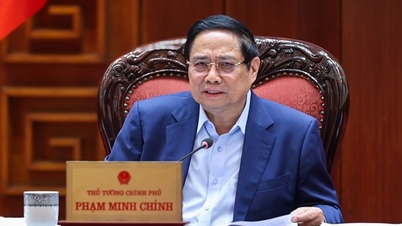
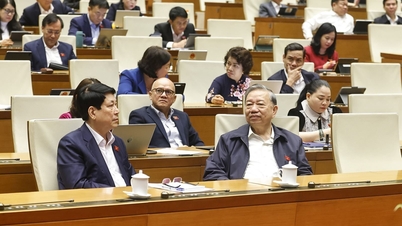
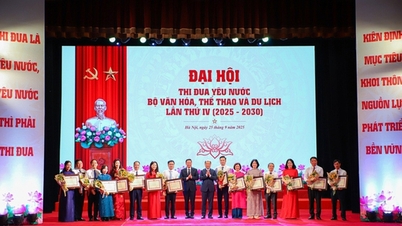

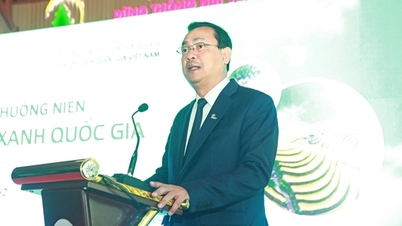

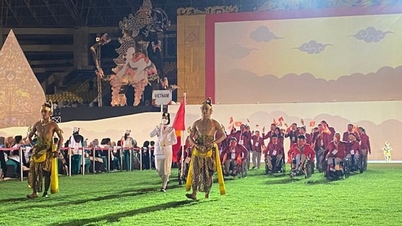
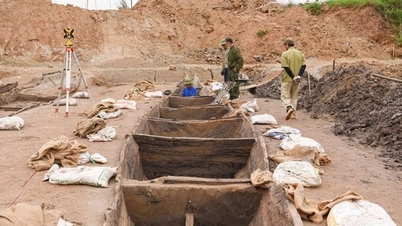


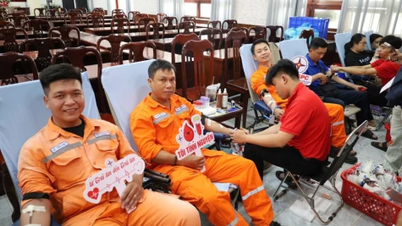

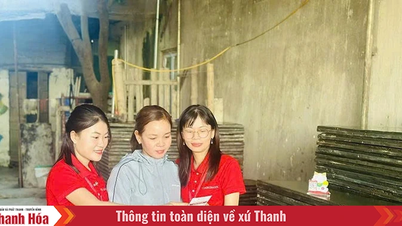


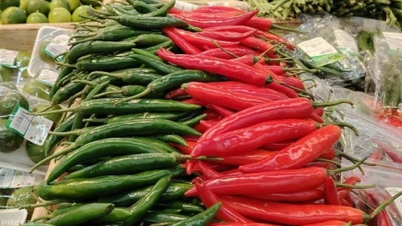
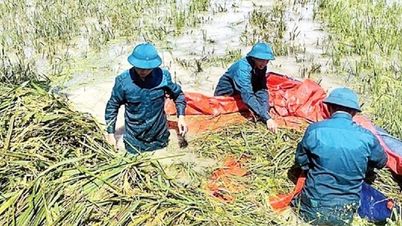

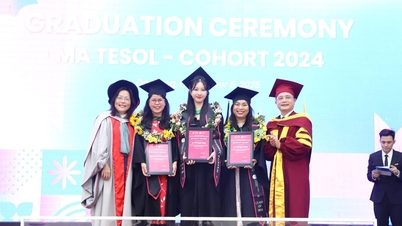











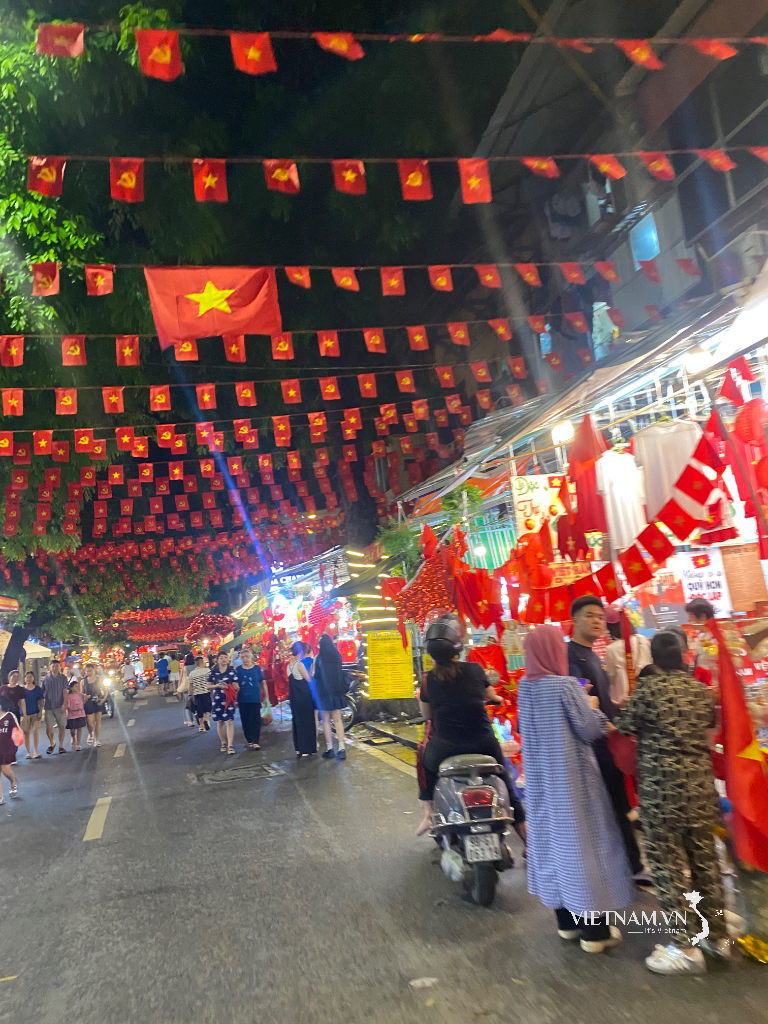
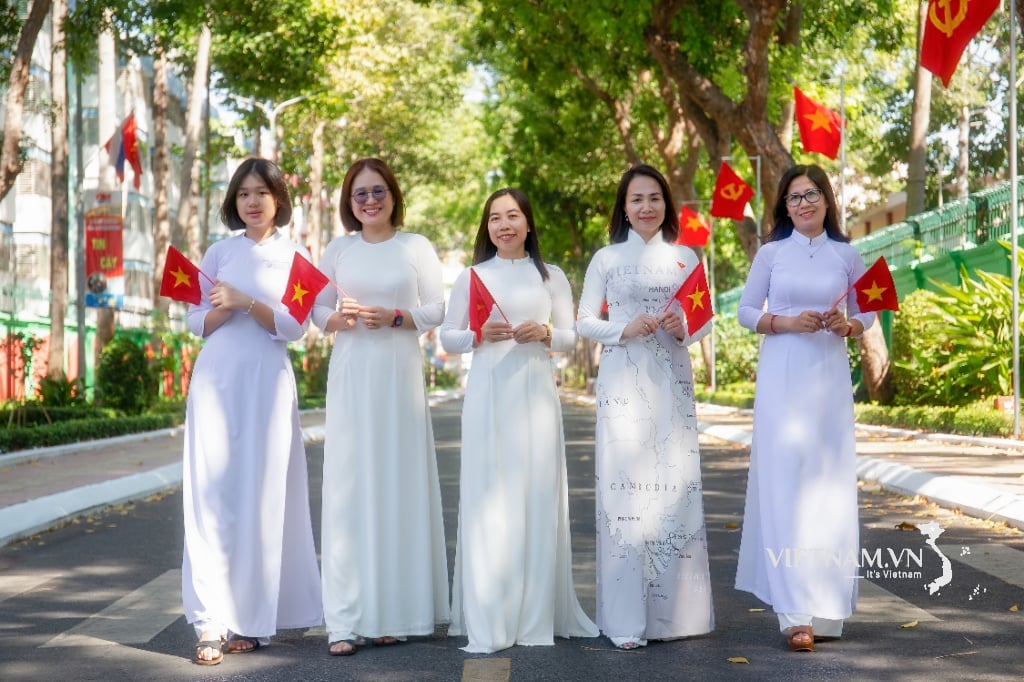
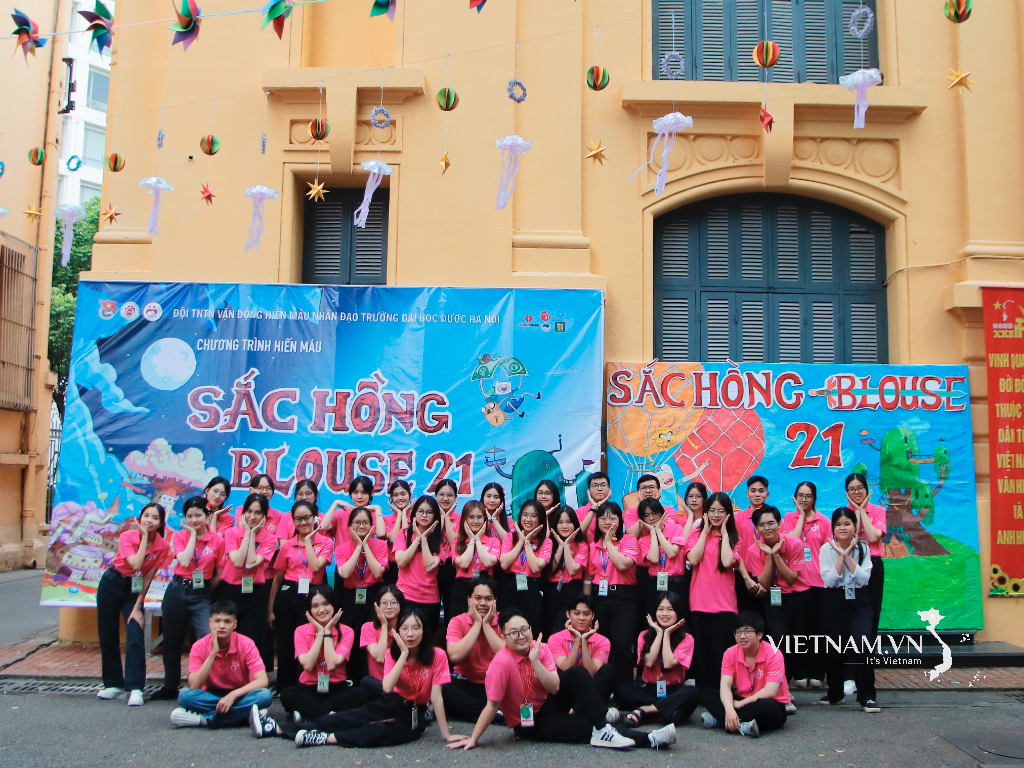




Comment (0)